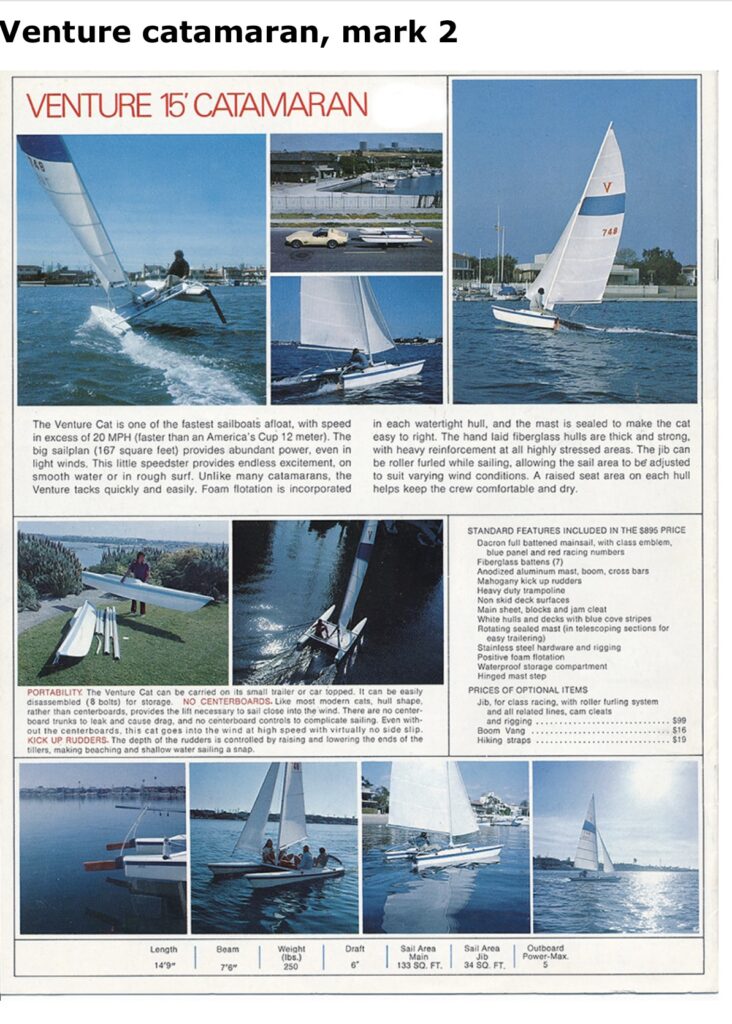Crystal Cove State Park in California is notable for its unique combination of natural beauty, historic significance, and recreational opportunities. Established in 1979 when the State of California purchased the land from the Irvine Company16, the park spans 3,936 acres and includes 3.2 miles of Pacific coastline, tide pools, marine conservation areas, and chaparral canyons37.
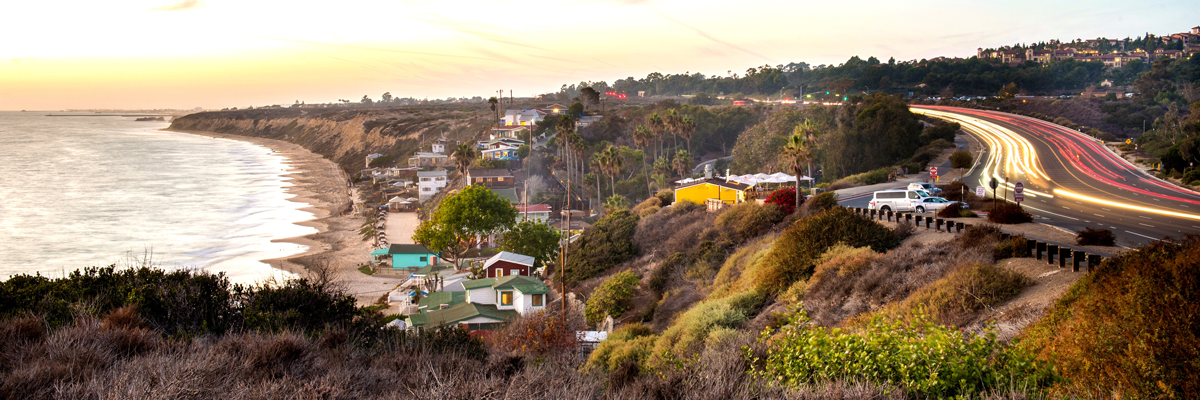
Key Points of Interest:
1. Natural Features and Biodiversity
- The park’s marine conservation area (1,400 acres) serves as an underwater park for scuba diving and snorkeling, with reefs teeming with marine life35.
- Its beaches, including Moro Beach and Pelican Point, attract swimmers, surfers, and tide pool explorers15.
- The backcountry wilderness offers hiking, mountain biking, and horseback riding across 2,400 acres of trails81.
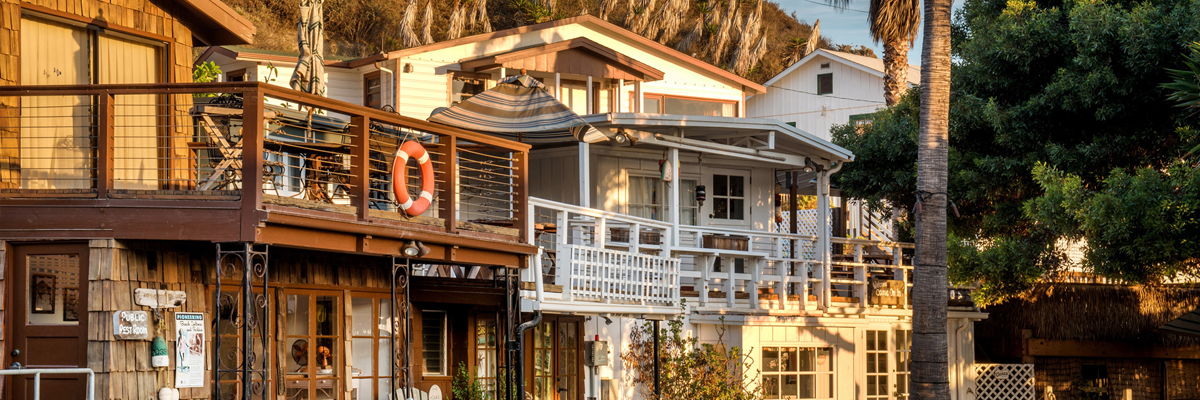
2. Historic District
- The Crystal Cove Historic District features 46 rustic 1920s–1940s cottages, preserved as a National Register of Historic Places site. Of these, 29 have been restored, with 21 available for overnight stays248.
- The cottages were nearly replaced by a luxury resort in the 1990s but were saved by the Crystal Cove Conservancy, which now manages educational programs and cottage rentals26.
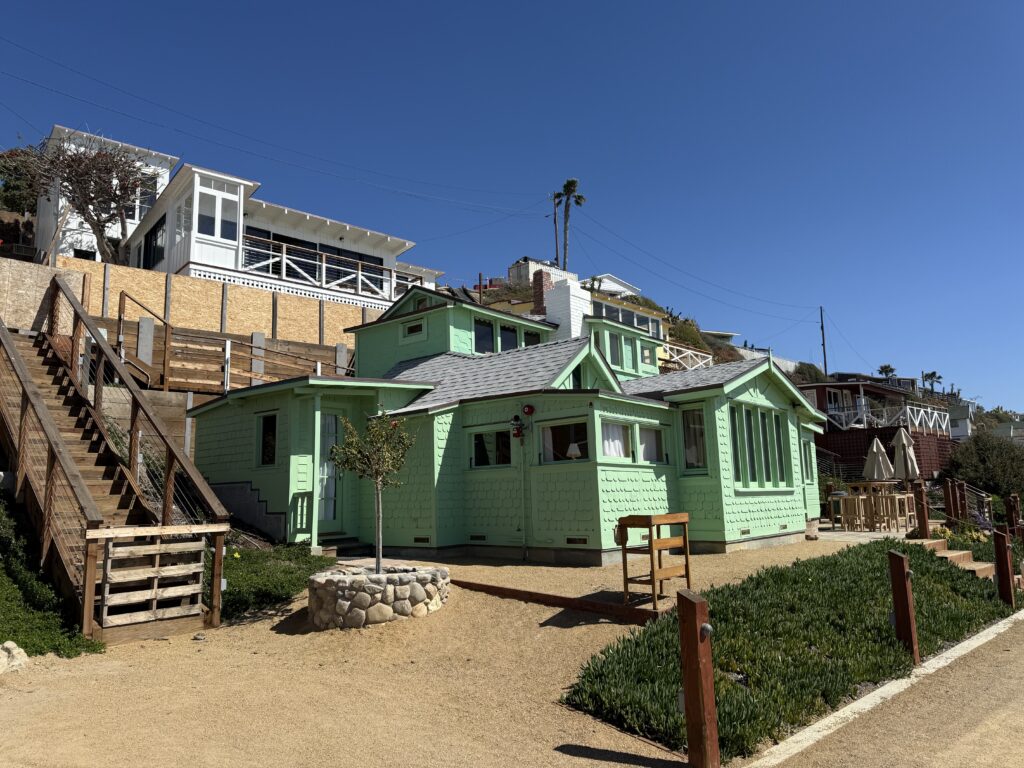
3. Educational and Conservation Programs
- The park’s STEM programs engage students in citizen science projects, such as monitoring the Marine Protected Area (MPA), with data used for conservation management2.
- Partnerships with organizations like the Crystal Cove Conservancy emphasize preservation and public education28.
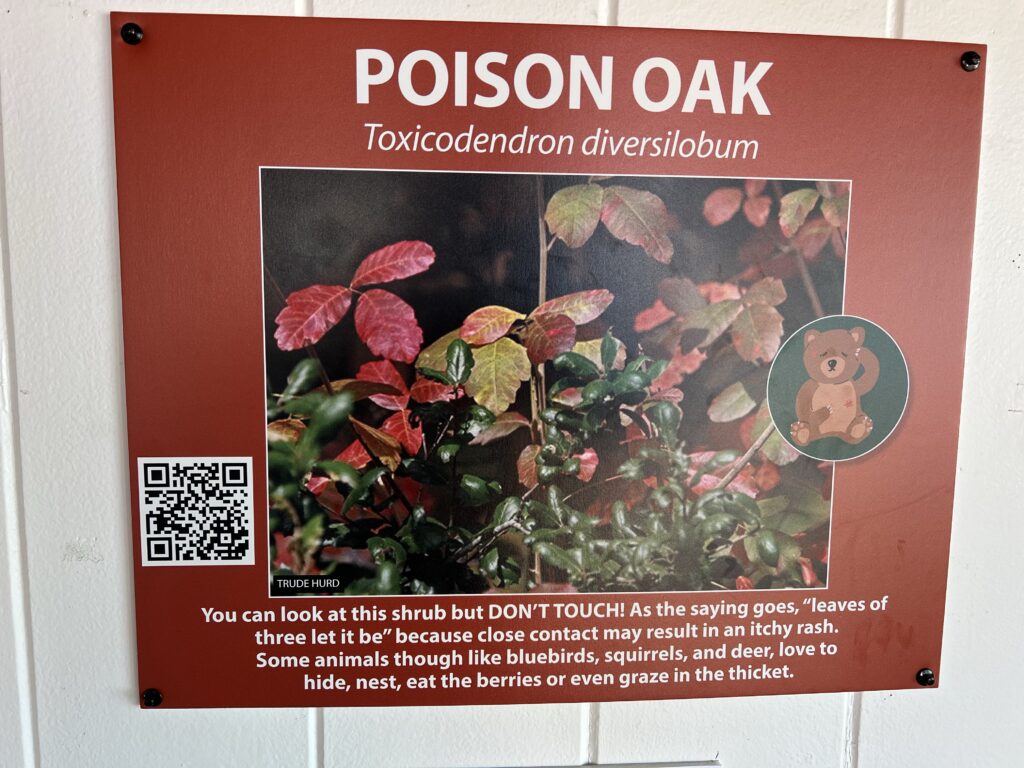
4. Recreational Diversity
- Camping is available at Moro Campground, offering 58 sites for tents, RVs, and backcountry camping5.
- Activities range from whale watching and paddleboarding to exploring the Bluff Top Trail, which provides panoramic coastal views58.
The park’s blend of ecological preservation, historical charm, and accessible outdoor activities makes it a standout destination in Southern California
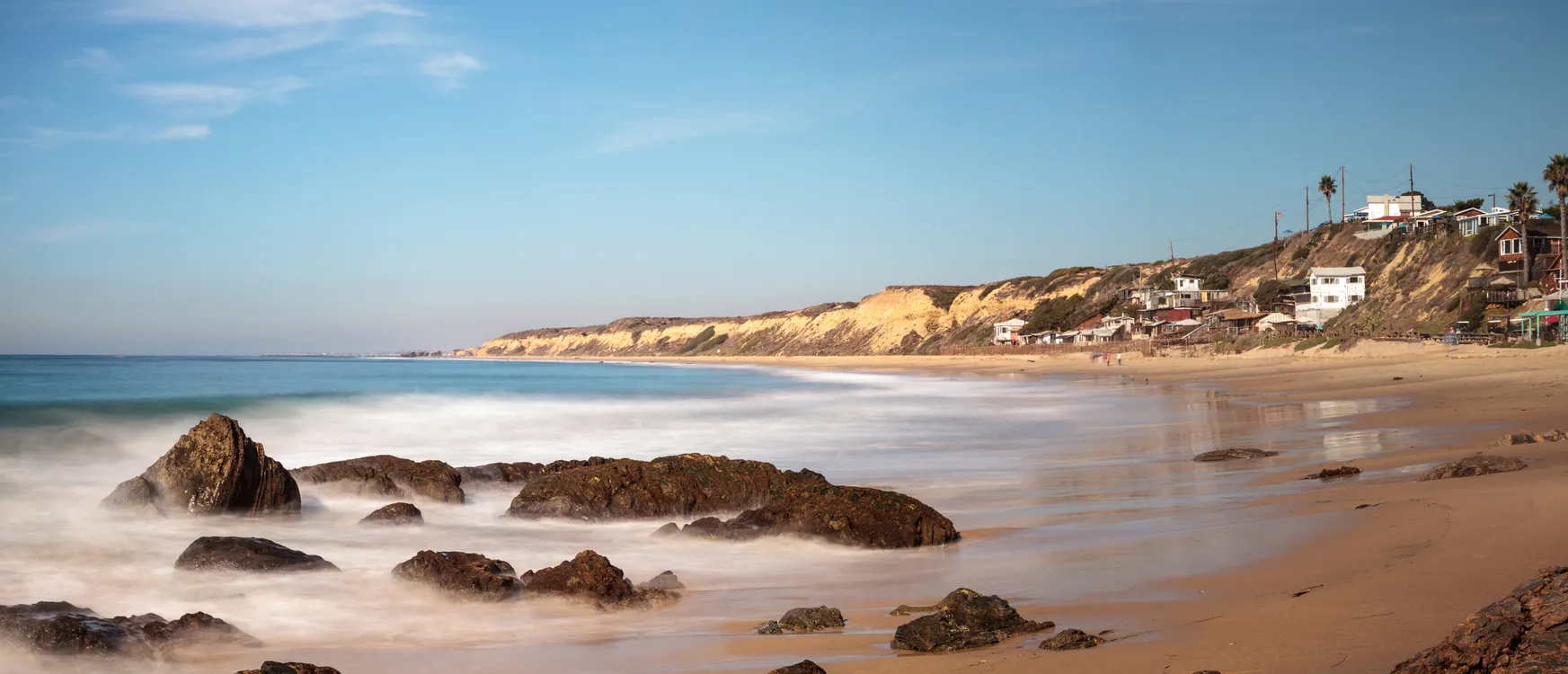
Citations:
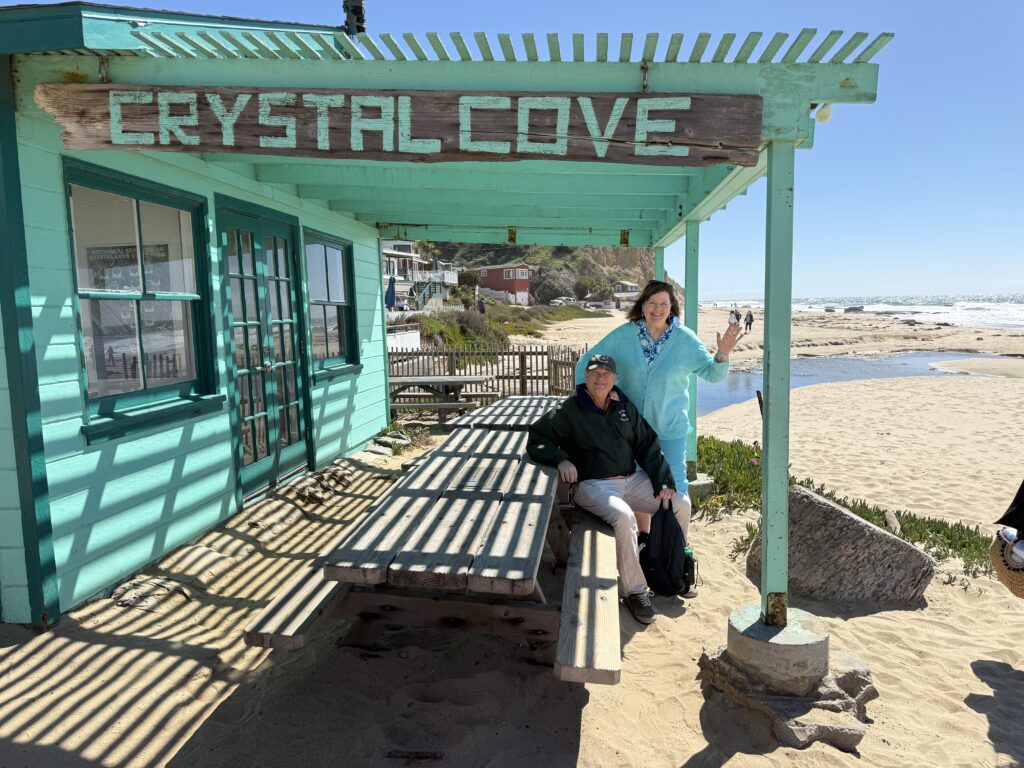
Crystal Cove’s early development was profoundly shaped by its role as a Hollywood filming location, beginning in the silent film era. The area’s remote, unspoiled coastline and tropical ambiance made it a sought-after backdrop for movies, which in turn spurred infrastructure growth and architectural choices that defined the Cove’s character.
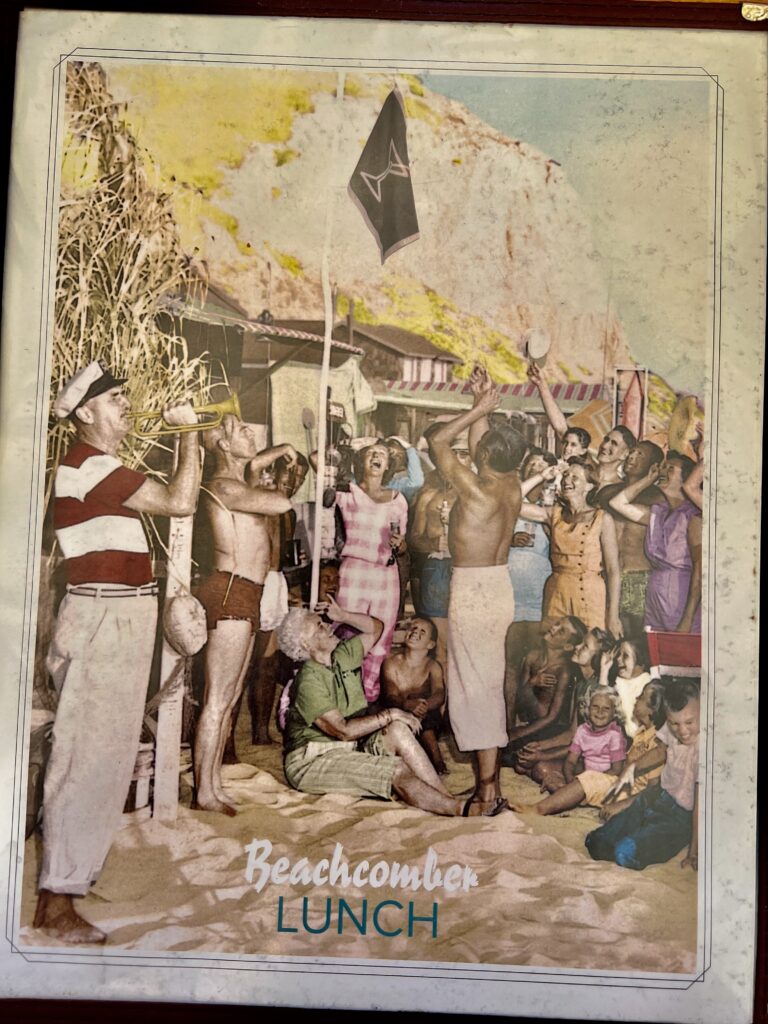

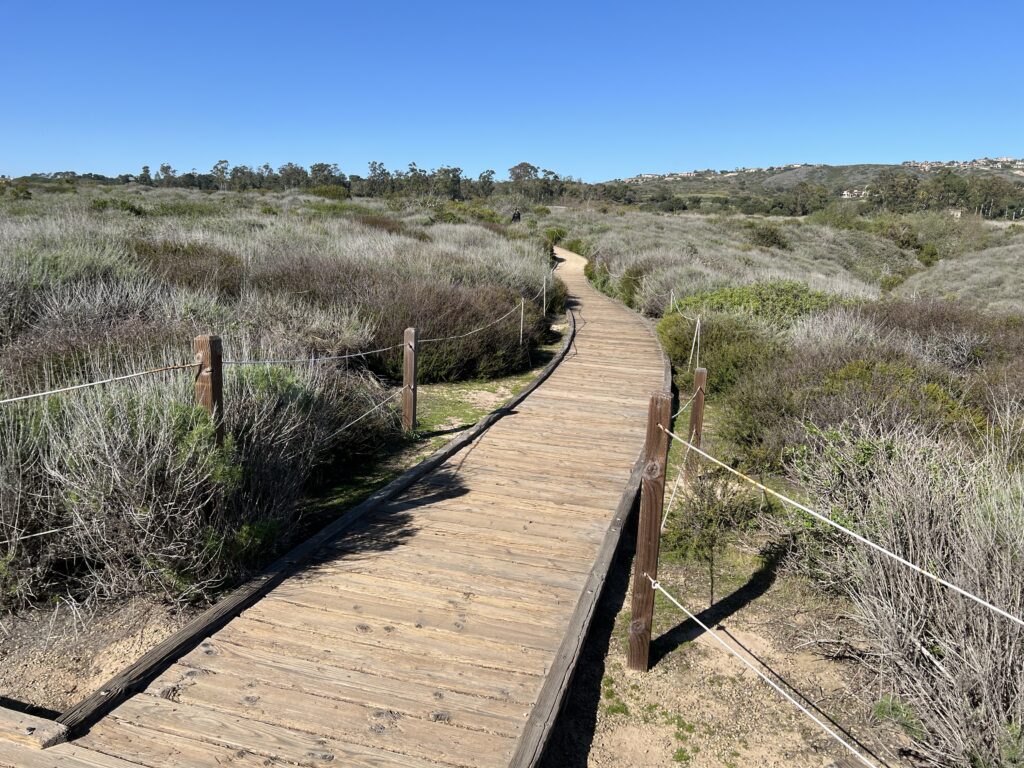
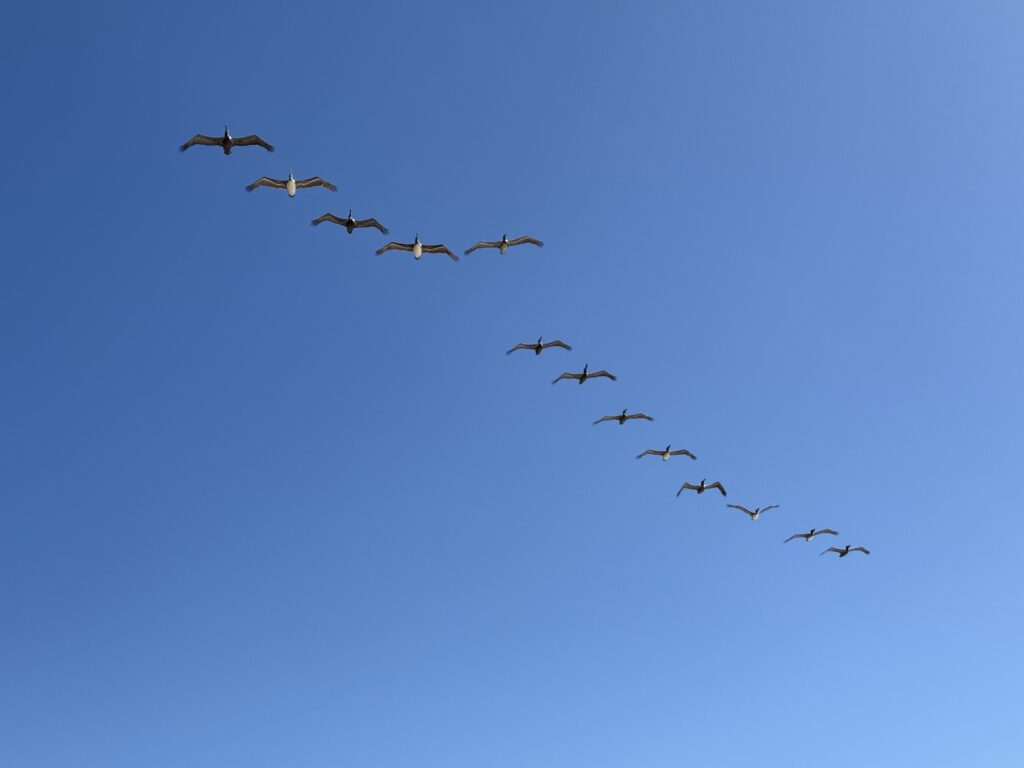
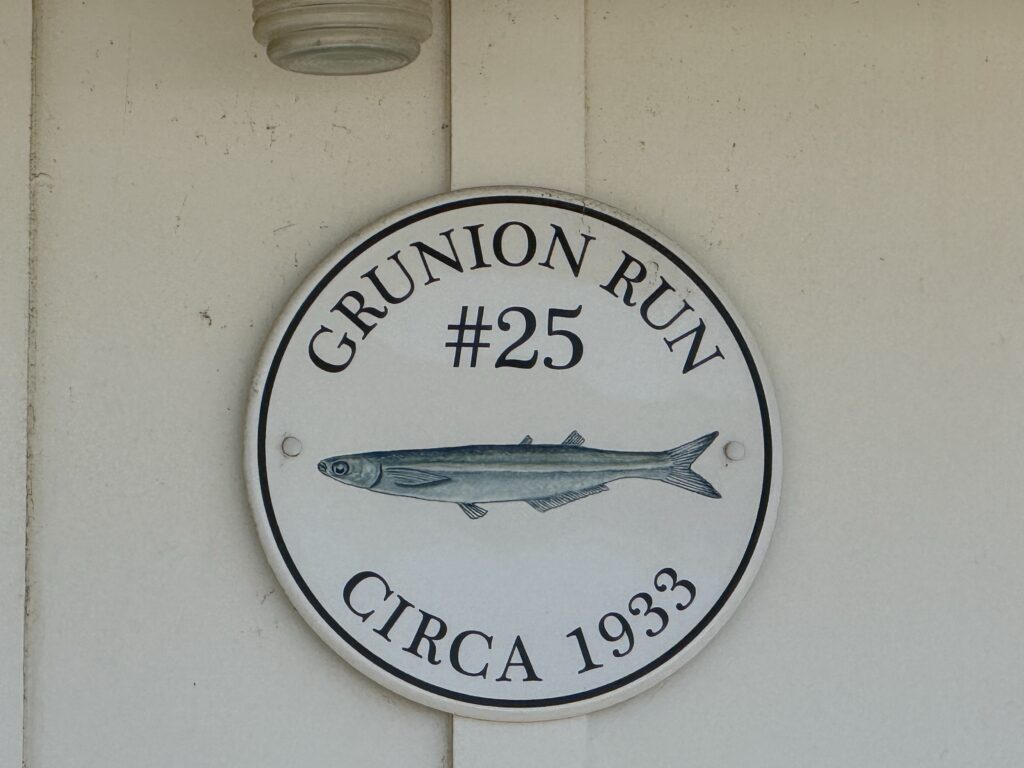
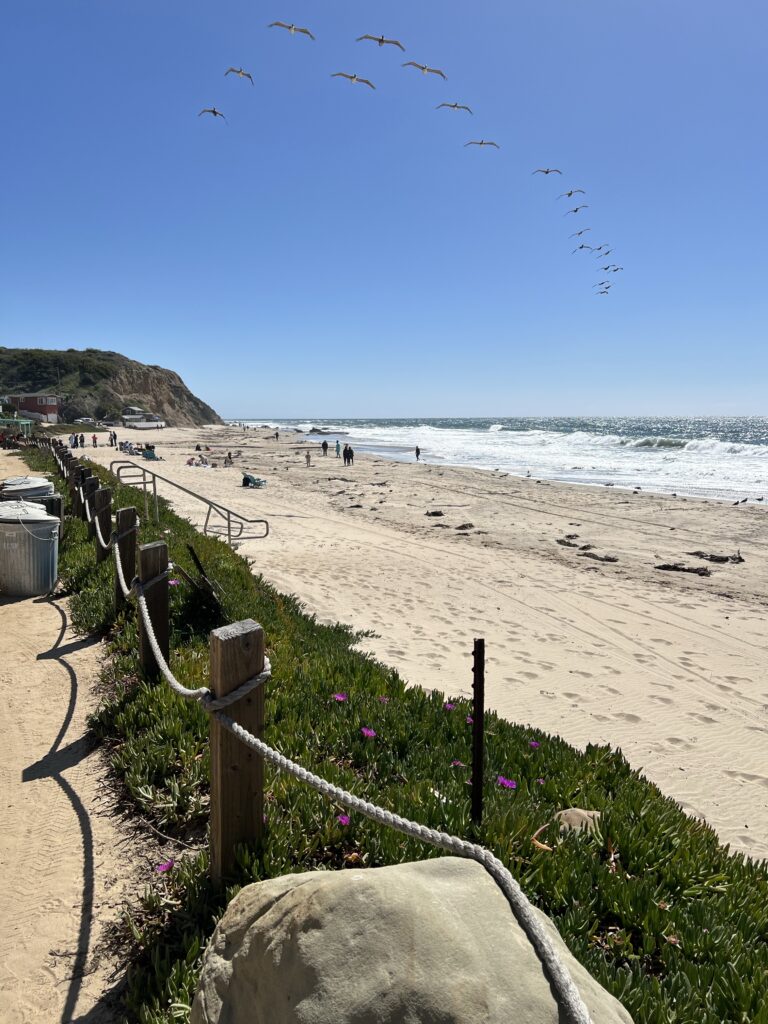
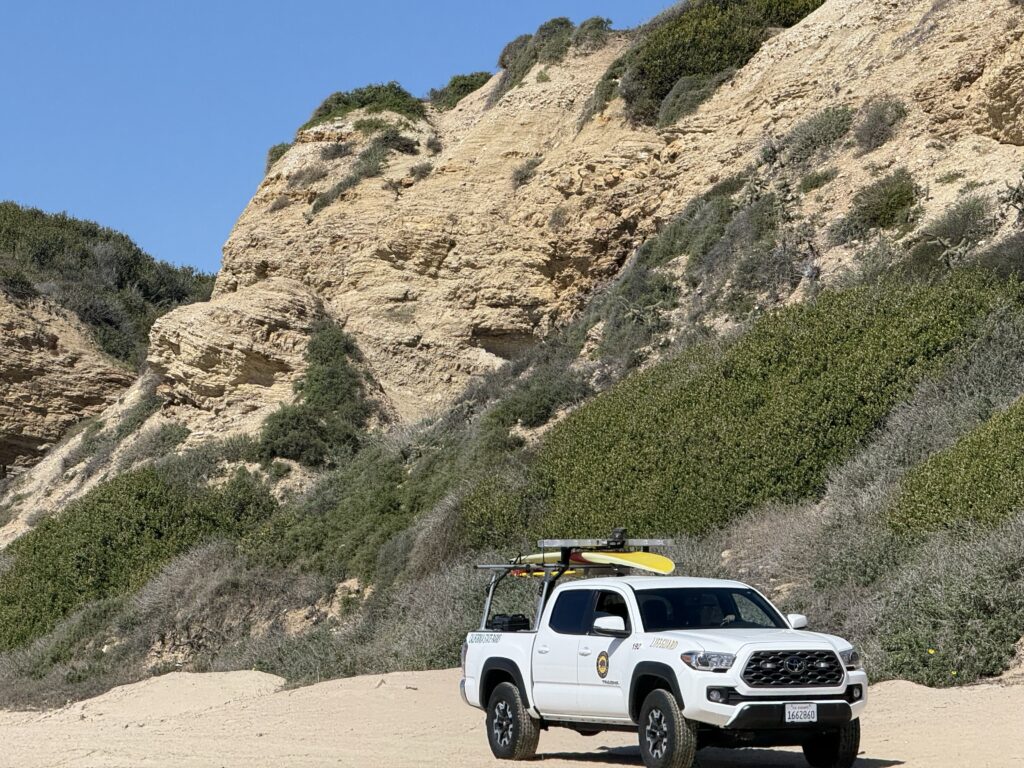
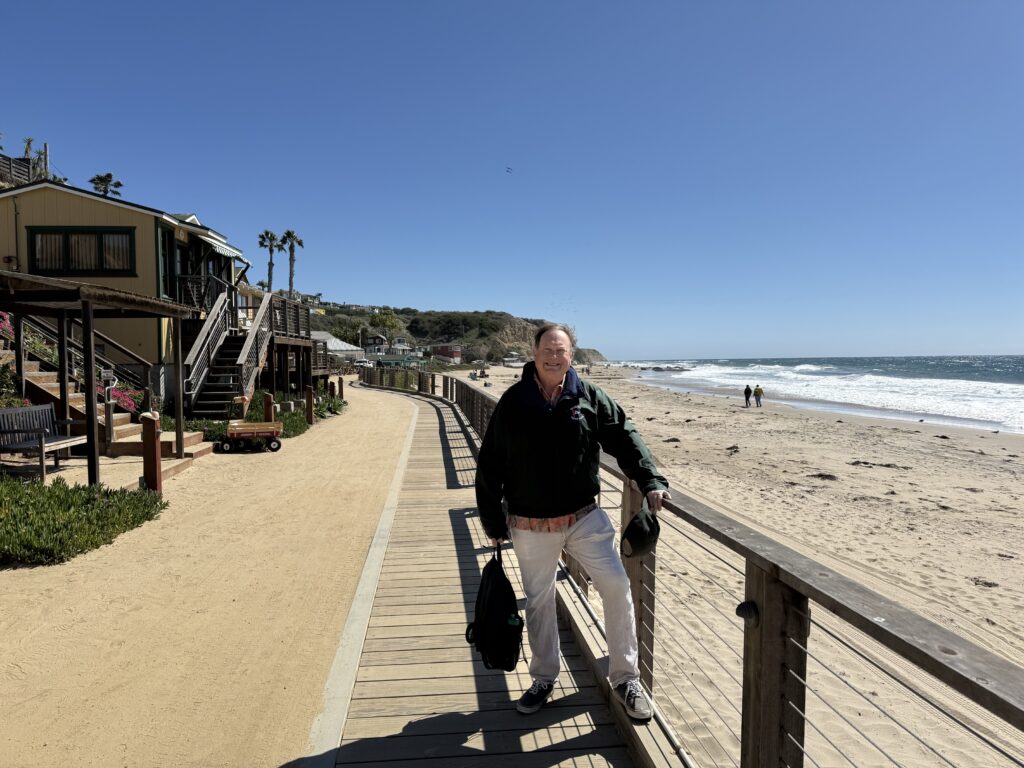
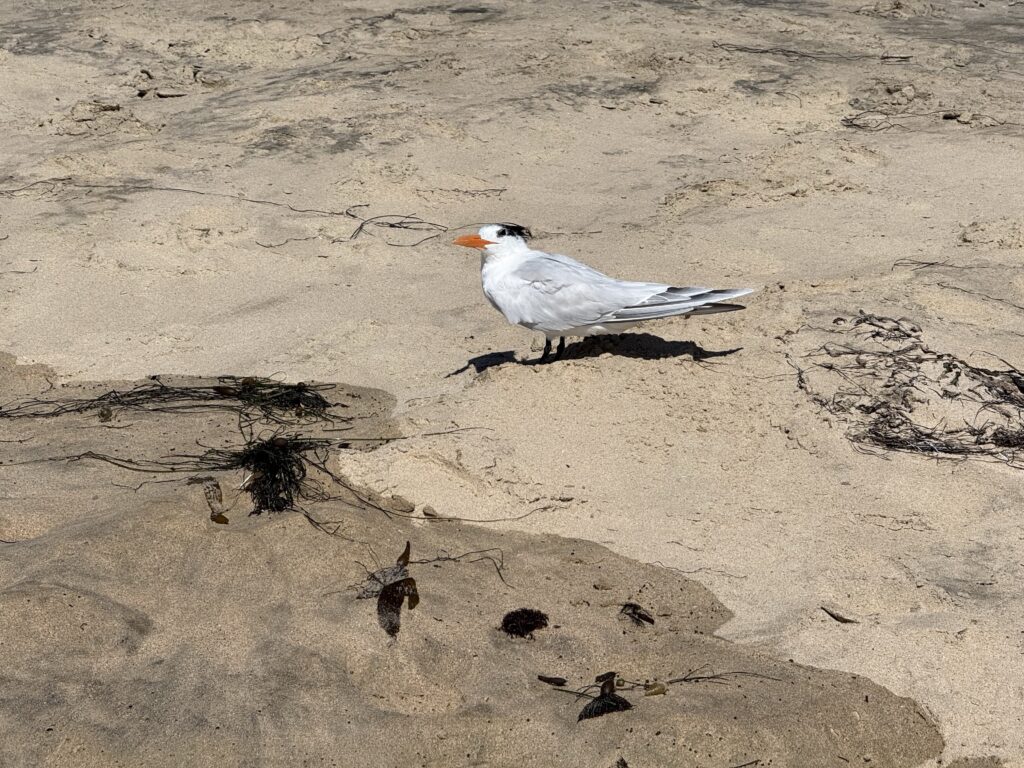
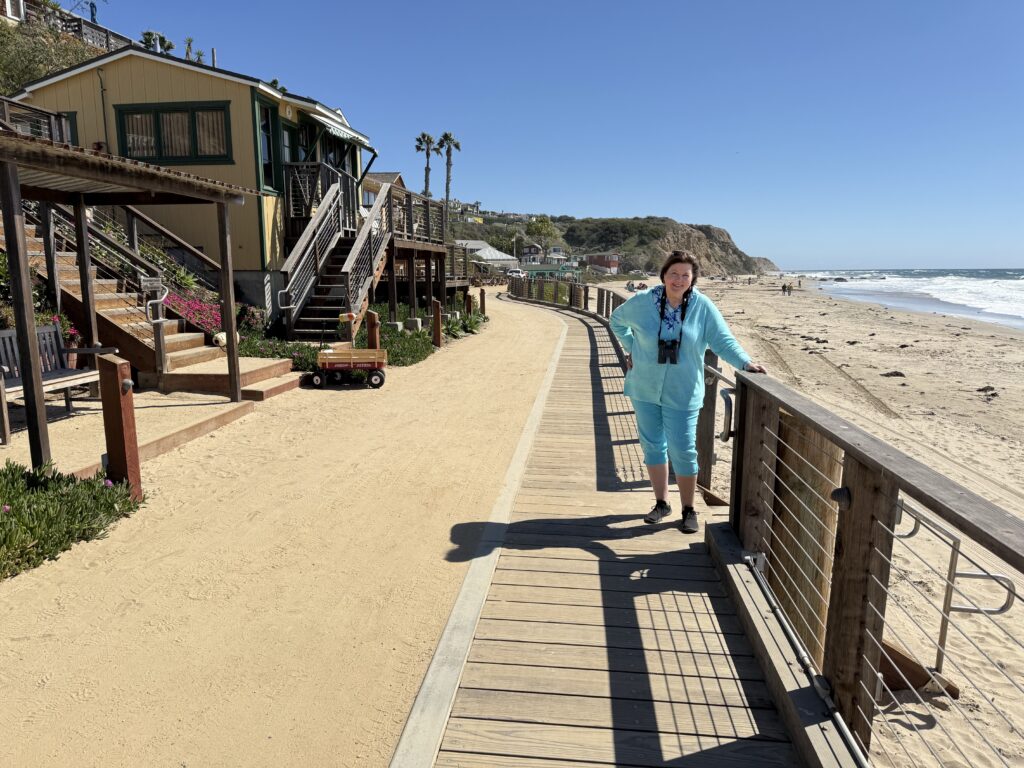
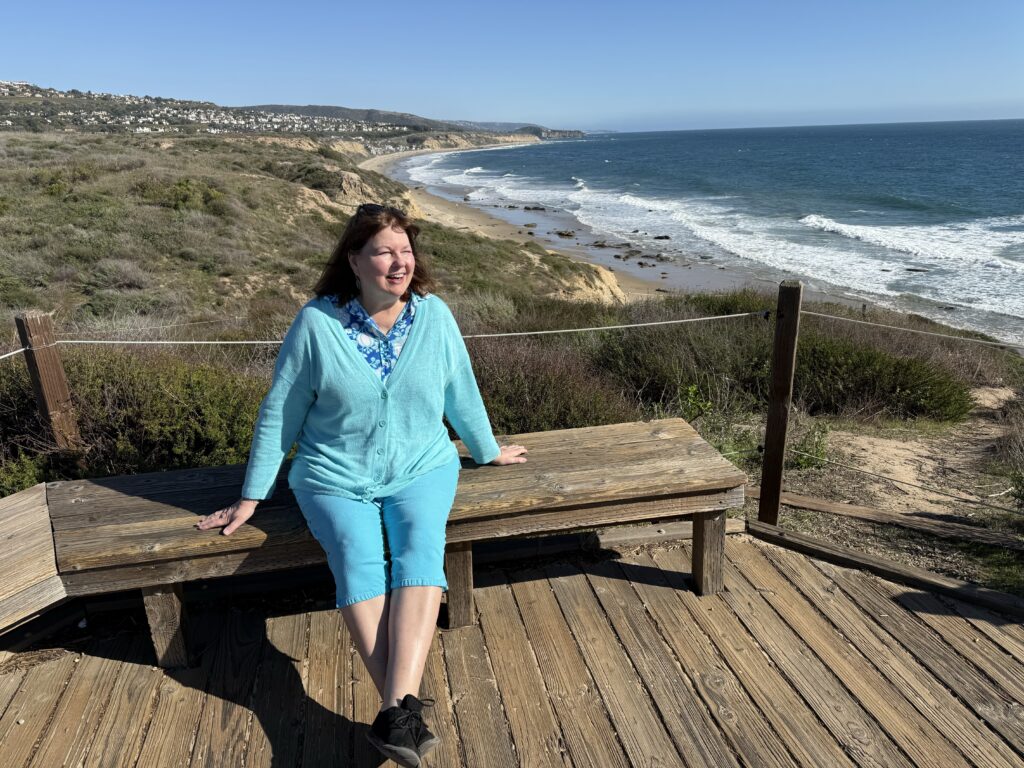
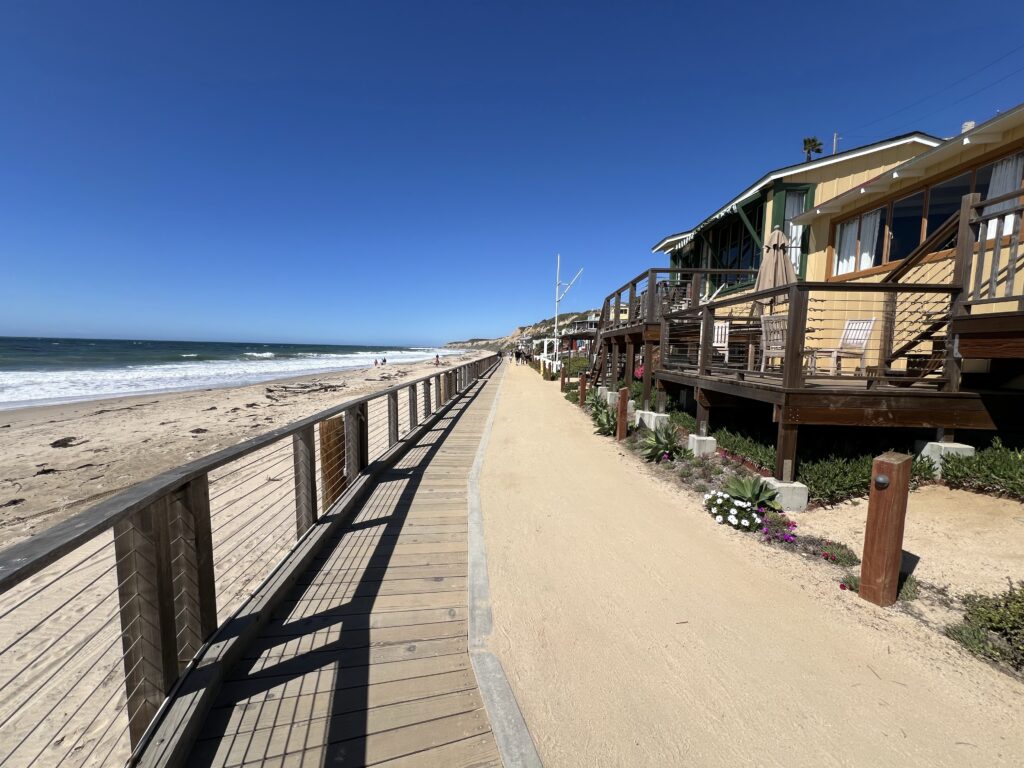
Key Influences of the Film Industry:
1. Early Filming and Location Scouting
- Crystal Cove first attracted filmmakers in the 1910s–1920s due to its resemblance to isolated tropical landscapes. The earliest known film shot there was Treasure Island (1918), followed by other silent-era movies like Rain (1928) and Half a Bride (1928) starring Gloria Swanson and Gary Cooper146.
- Directors prized the Cove’s lack of development, with its “Gilligan’s Island”-style palm-thatched cottages and untouched beaches serving as stand-ins for Polynesia or pirate havens34.
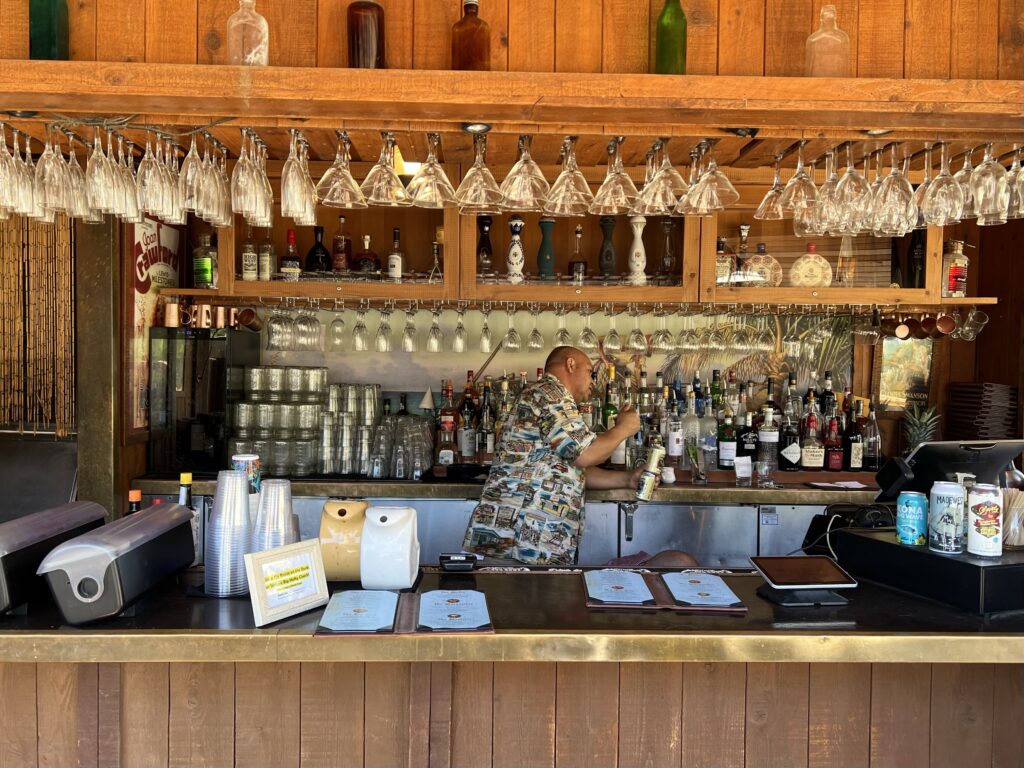
2. Cottage Construction and Aesthetic
- Many cottages began as temporary film sets. Crews built thatched huts and imported palm trees to enhance the tropical vibe, which later evolved into permanent vacation homes47.
- To maintain the cinematic illusion, residents faced strict rules, such as bans on outdoor clotheslines and requirements for palm-thatched roofs. These guidelines preserved the Cove’s “old Hollywood” aesthetic into the 1930s13.
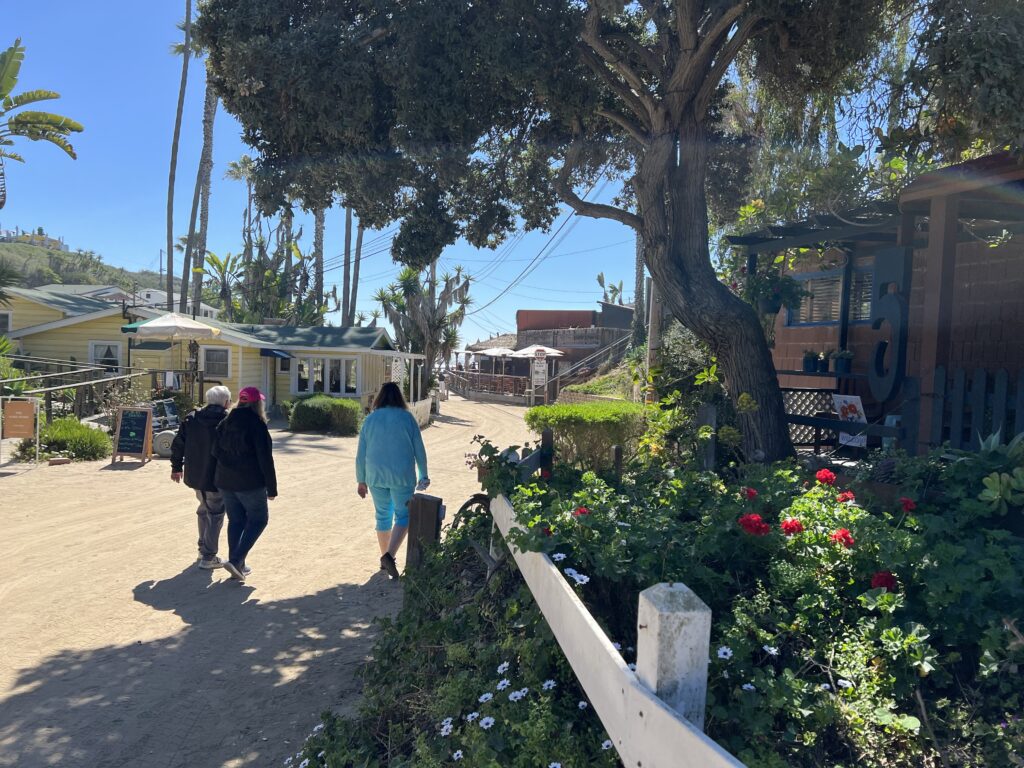
3. Infrastructure and Accessibility
- The completion of the Pacific Coast Highway in 1926 increased access to the Cove, transforming it into a recreational destination. This infrastructure was partly driven by Hollywood’s demand for easier logistics during shoots6.
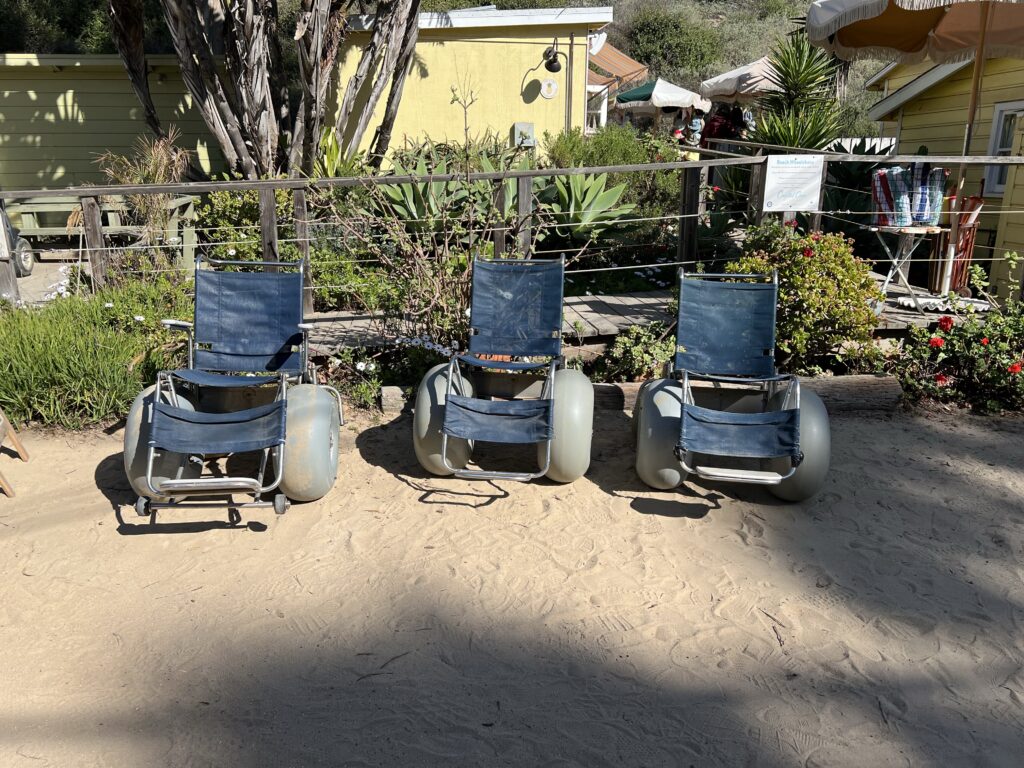
4. Cultural Legacy and Preservation
- The 1988 film Beaches, shot at Cottage #13, cemented the Cove’s Hollywood reputation. The cottage, once a simple cooking shelter, became a cultural landmark and is now part of the Beaches Film & Media Center57.
- Early film industry interest laid the groundwork for the Cove’s historic district, which includes 46 cottages saved from demolition in the 1990s. Their preservation as a National Register site owes much to their cinematic heritage27.

By the 1940s, Hollywood’s focus shifted elsewhere, but Crystal Cove’s identity as a rustic, nostalgic escape—rooted in its film industry origins—endured, shaping its eventual protection as a state park in 197967.
Citations:
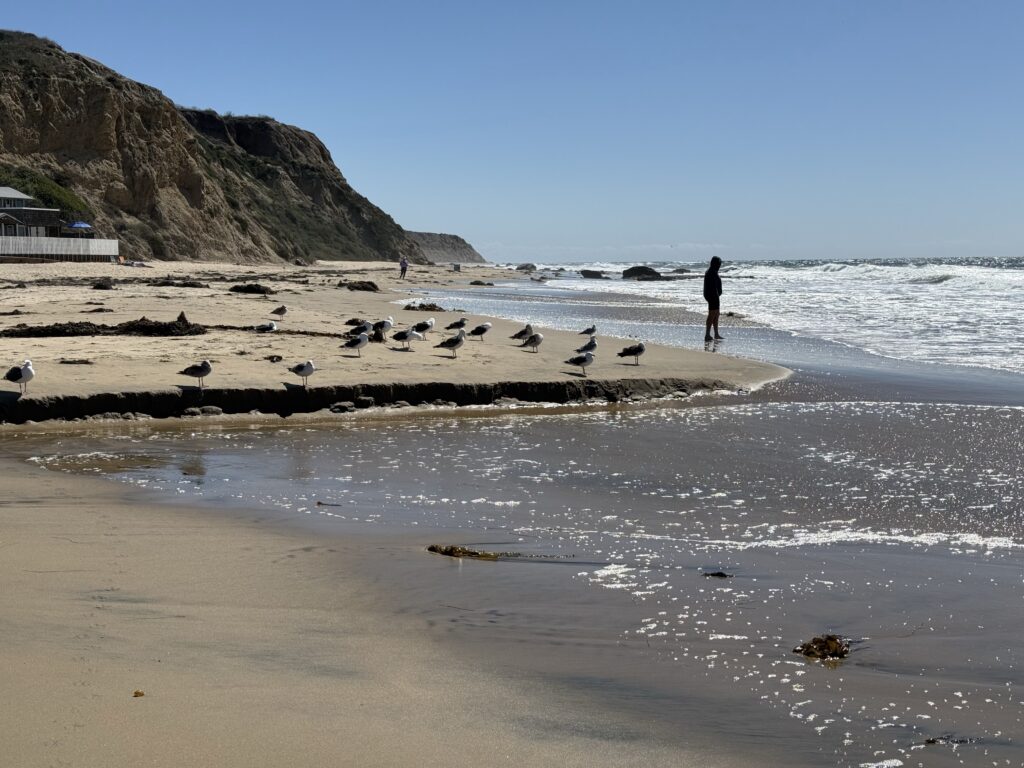
Crystal Cove State Park has served as a filming location for numerous iconic movies, leveraging its unspoiled beaches and rustic cottages to create cinematic magic.
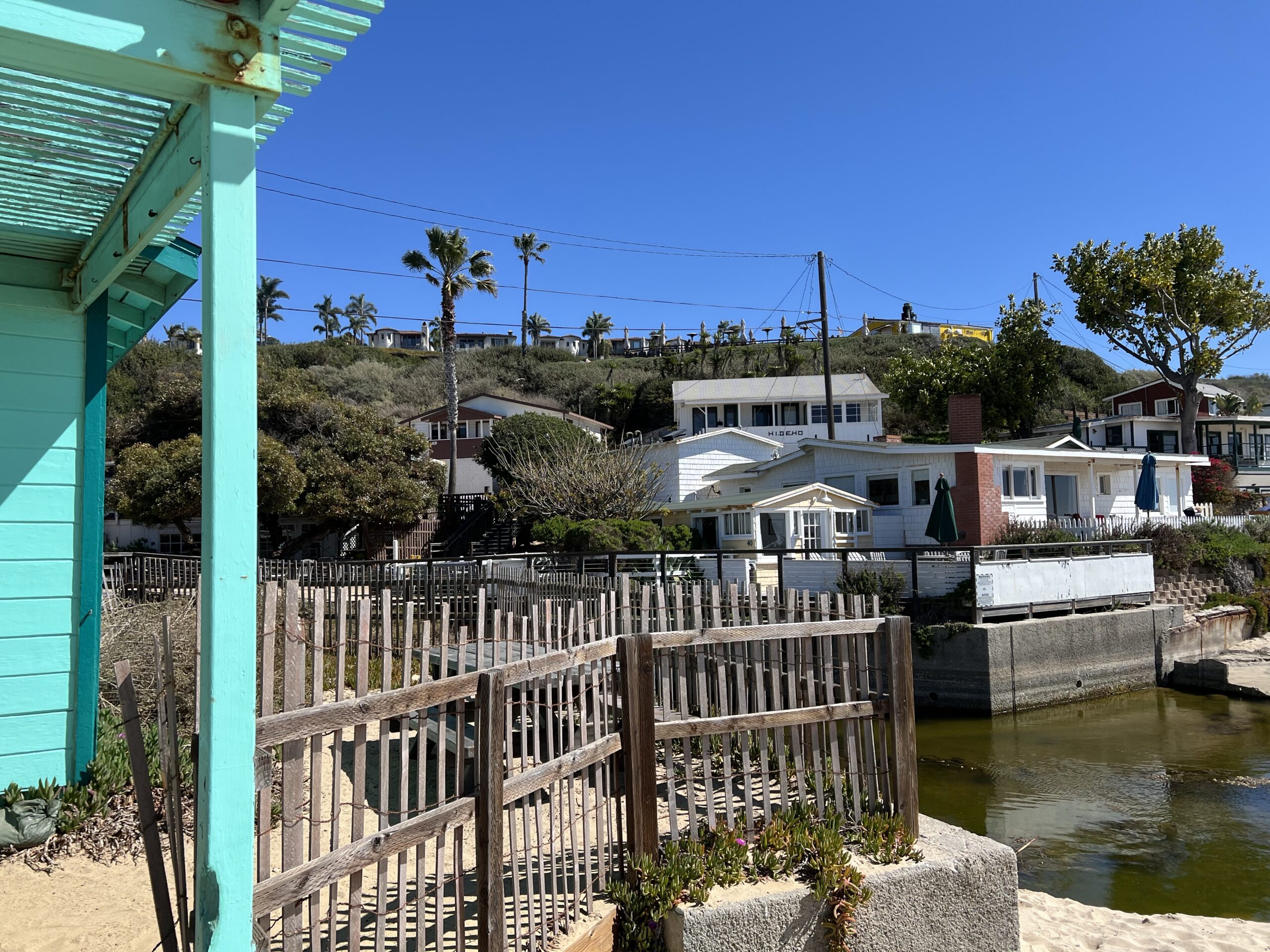
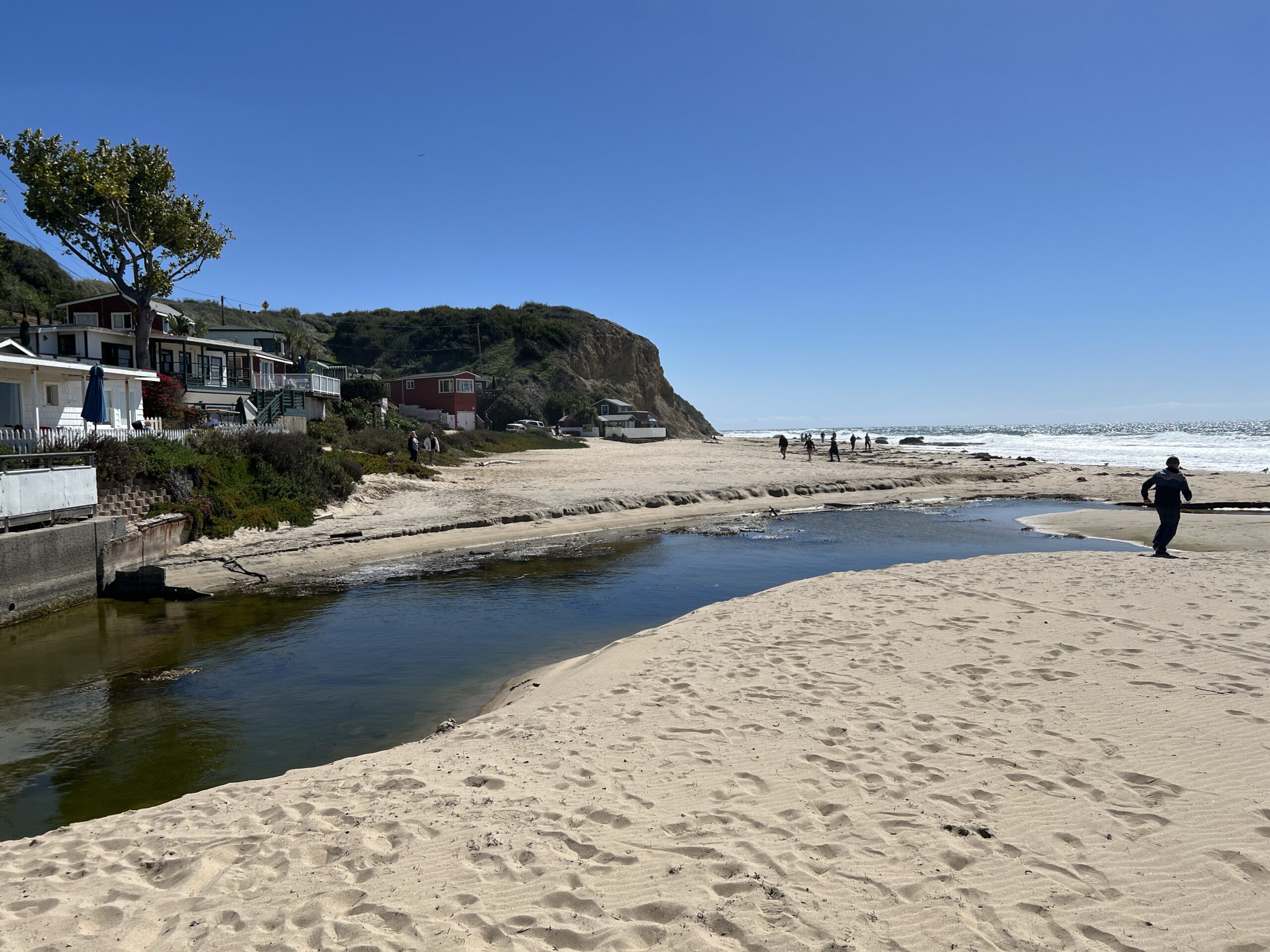
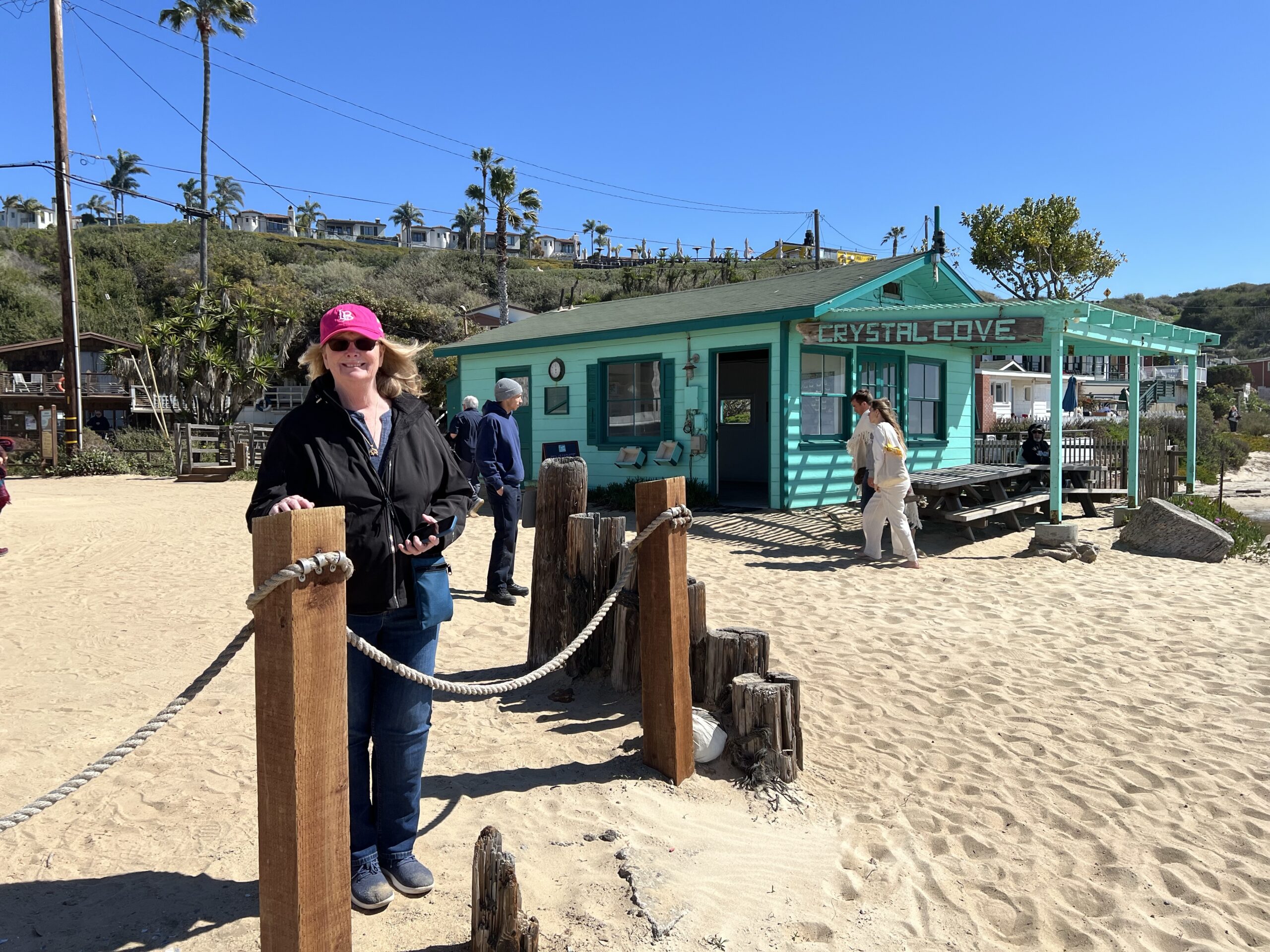
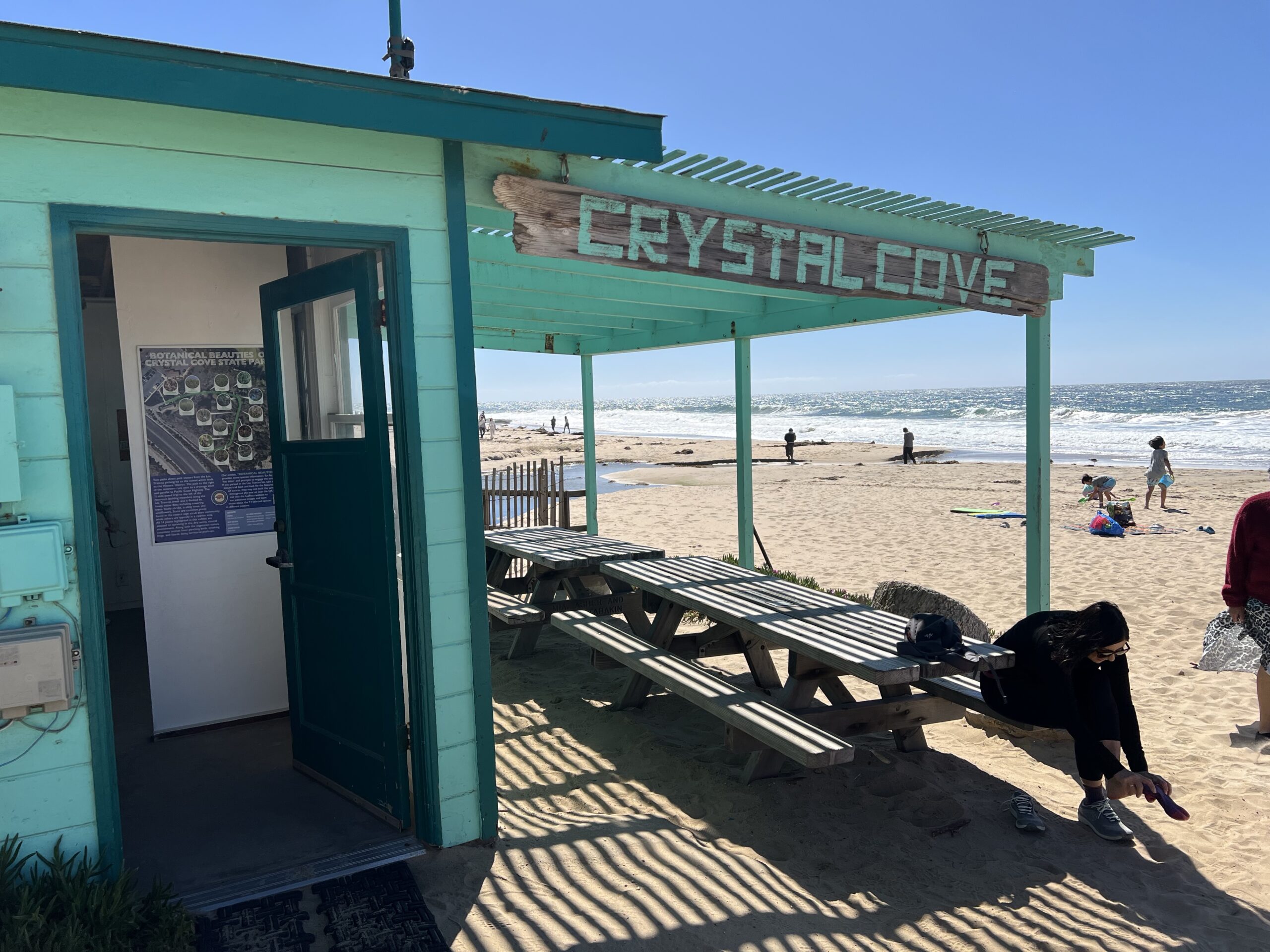
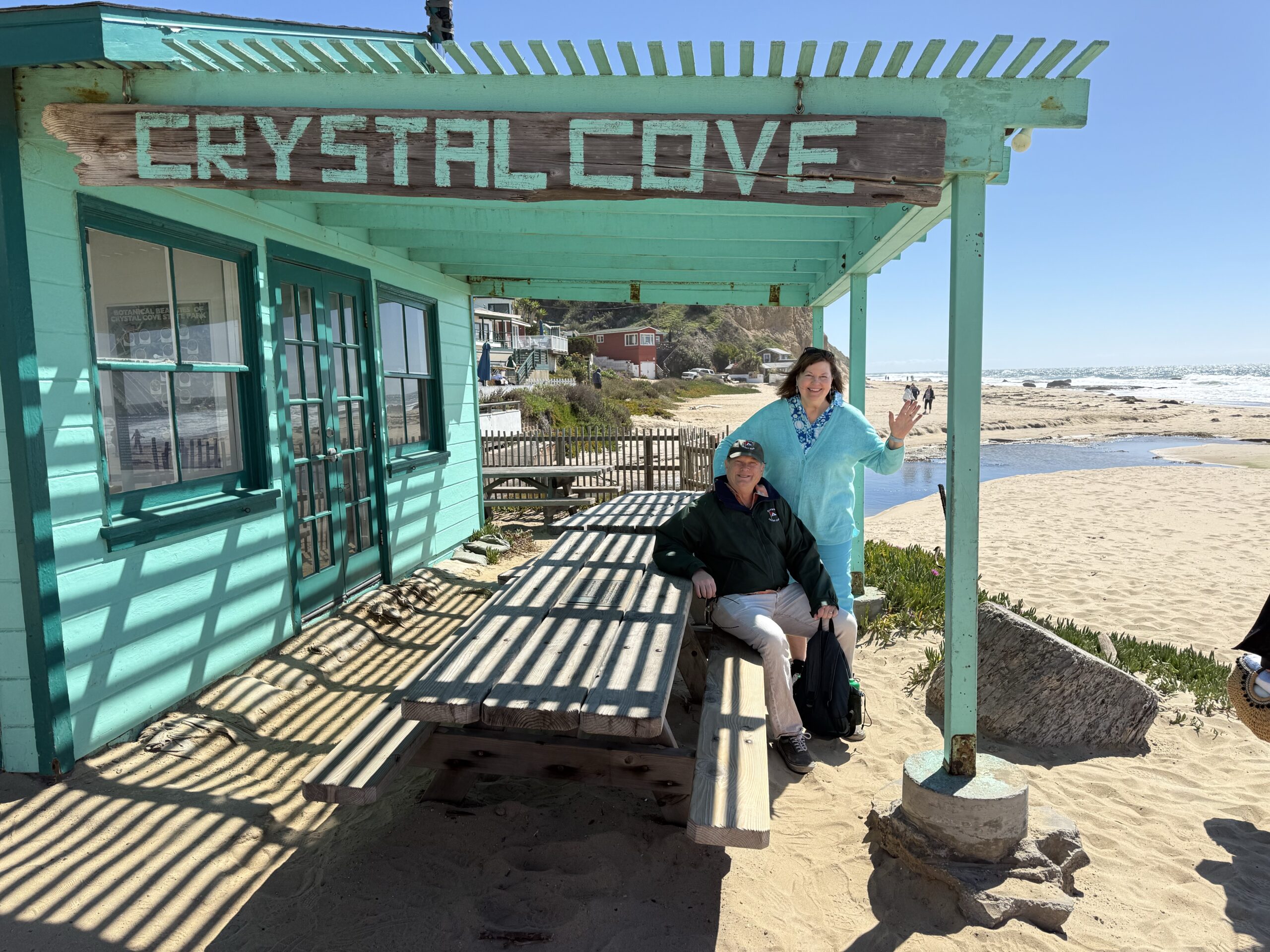
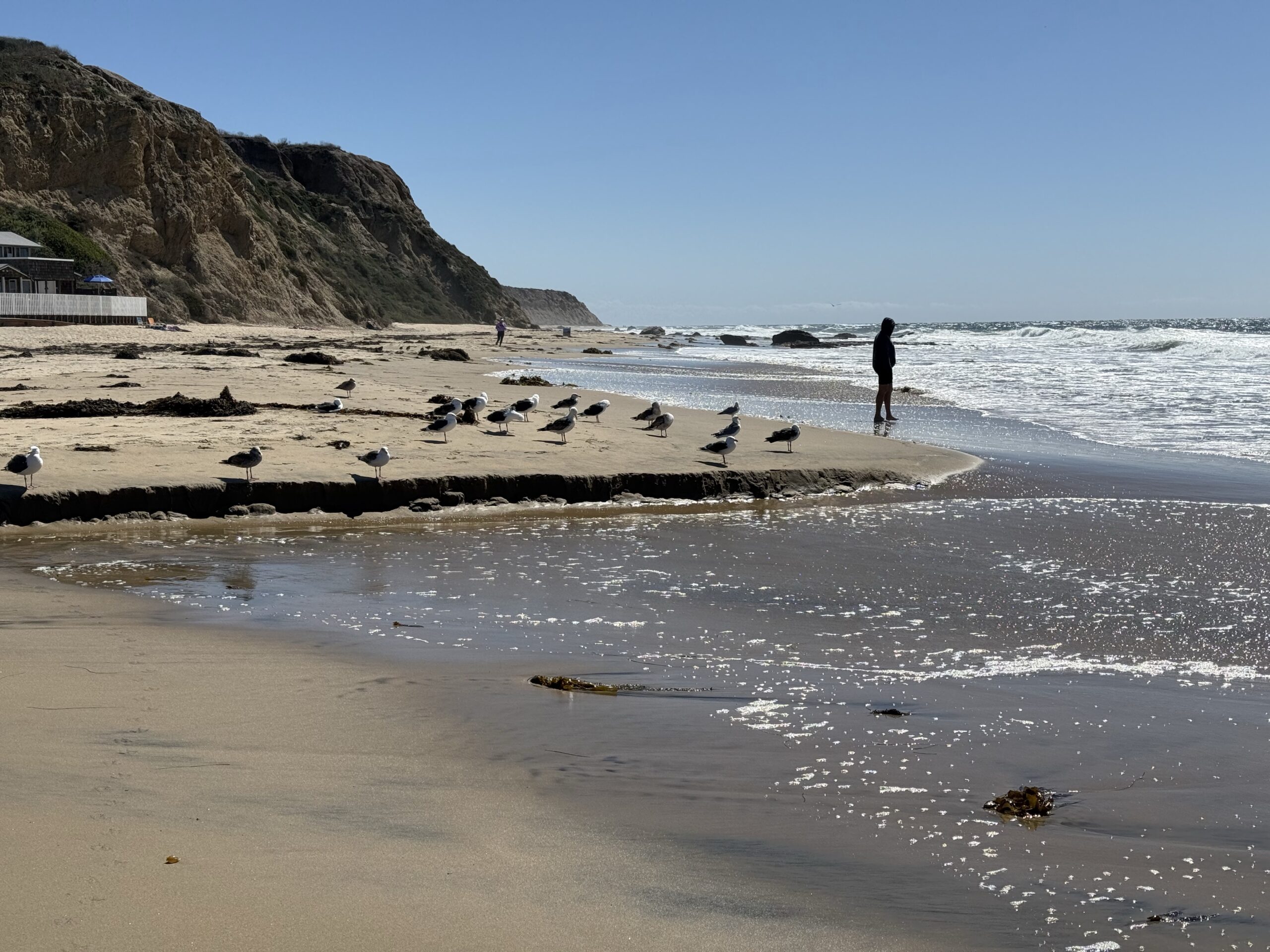
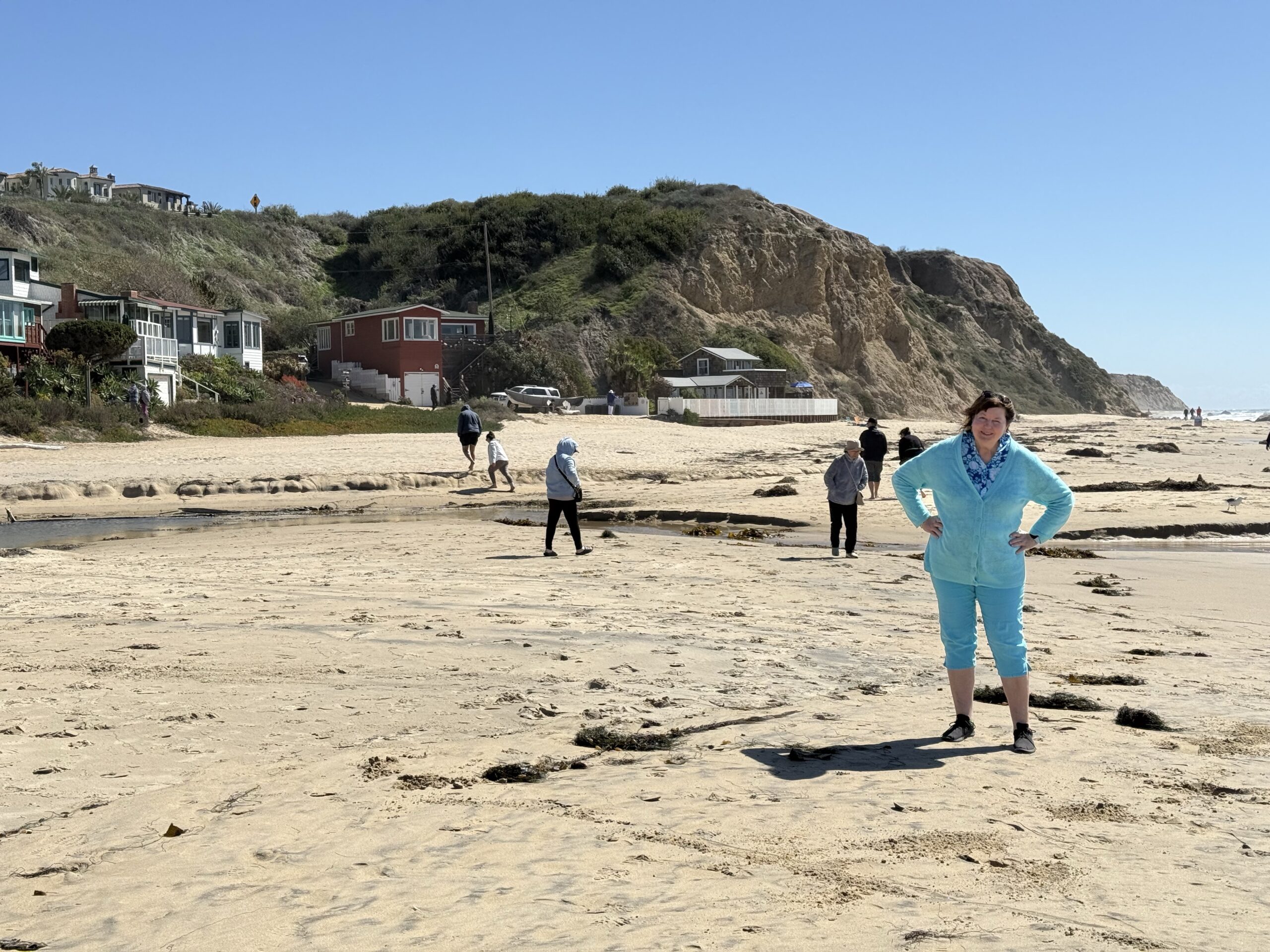
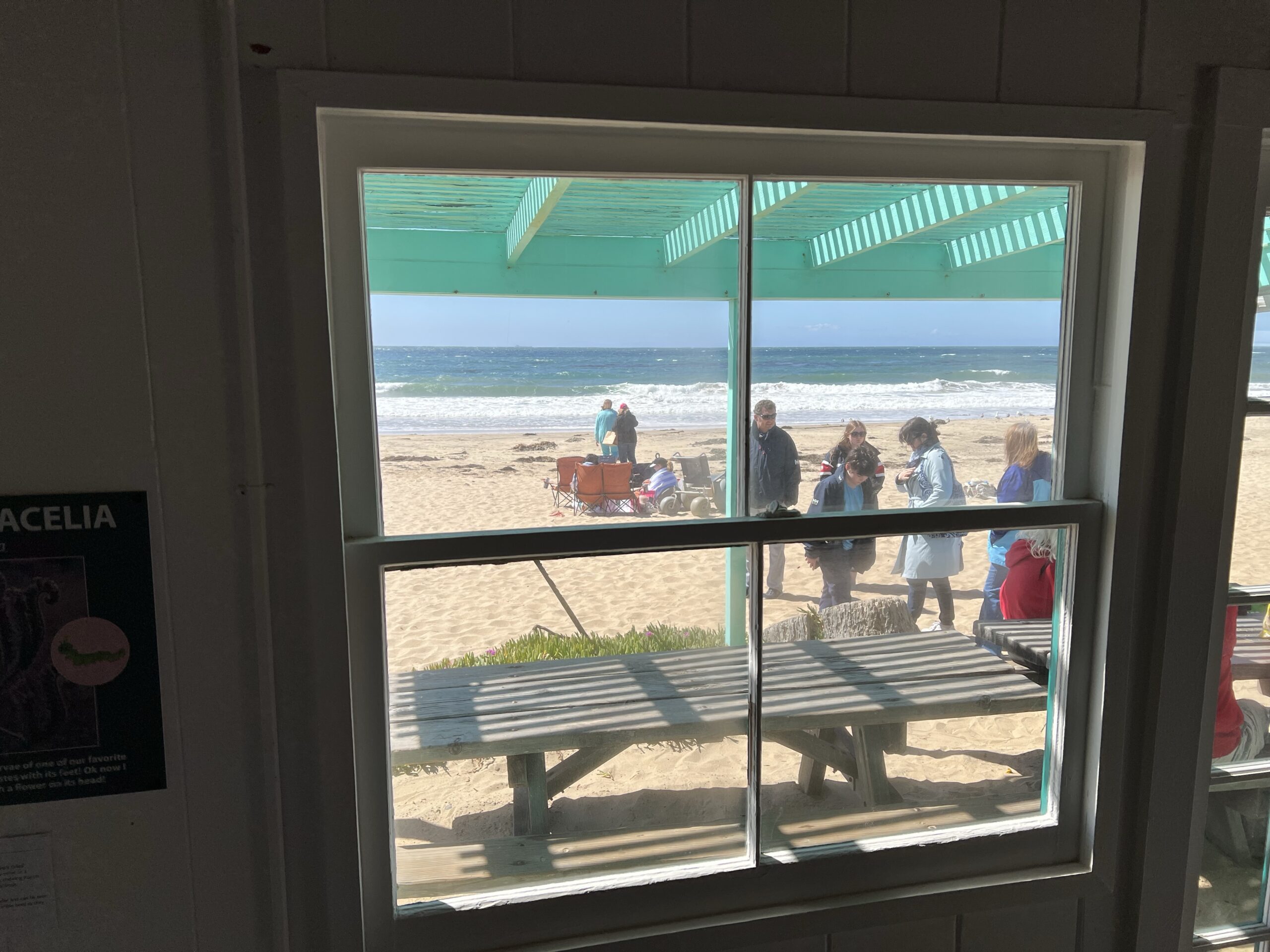
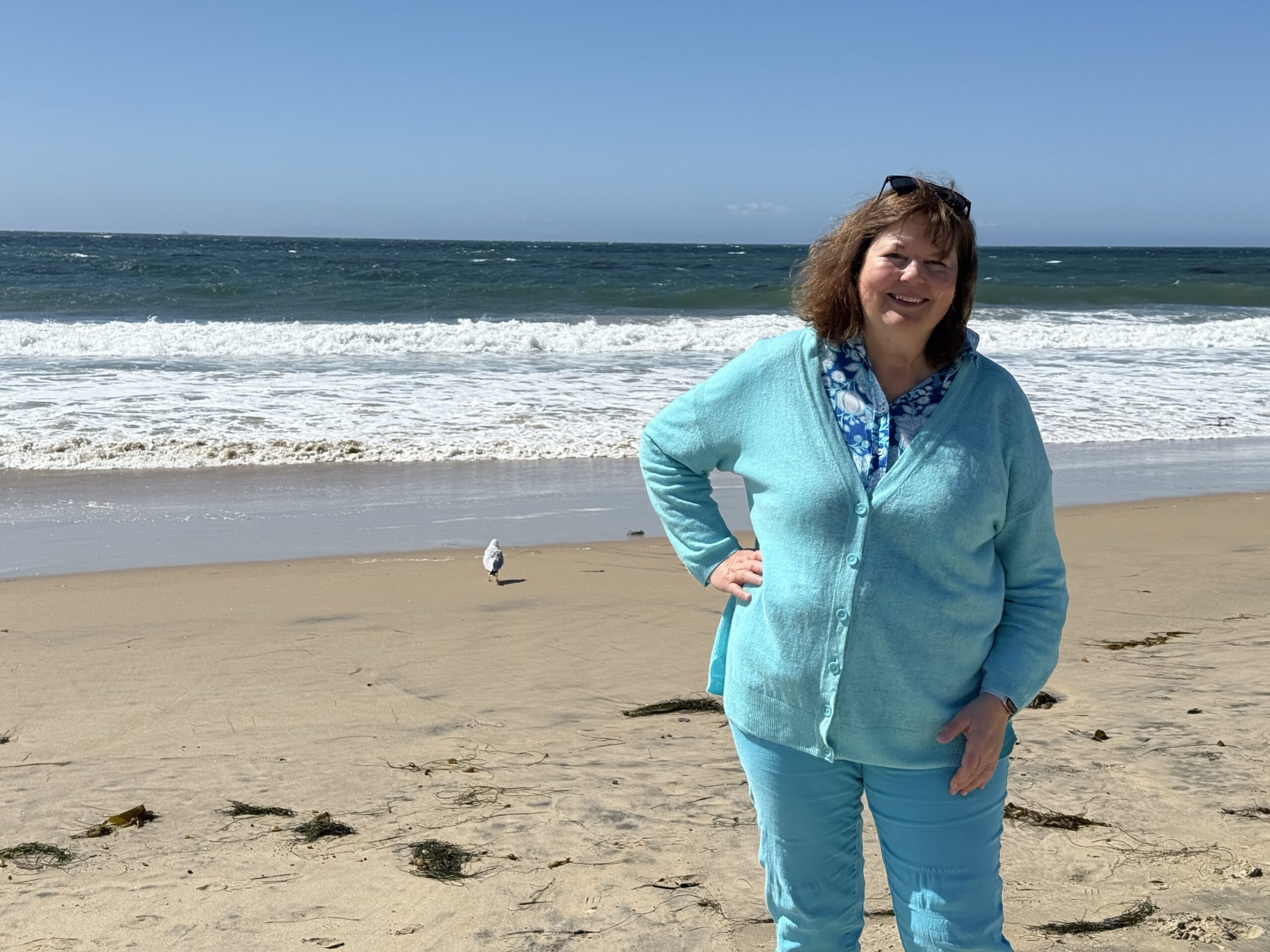
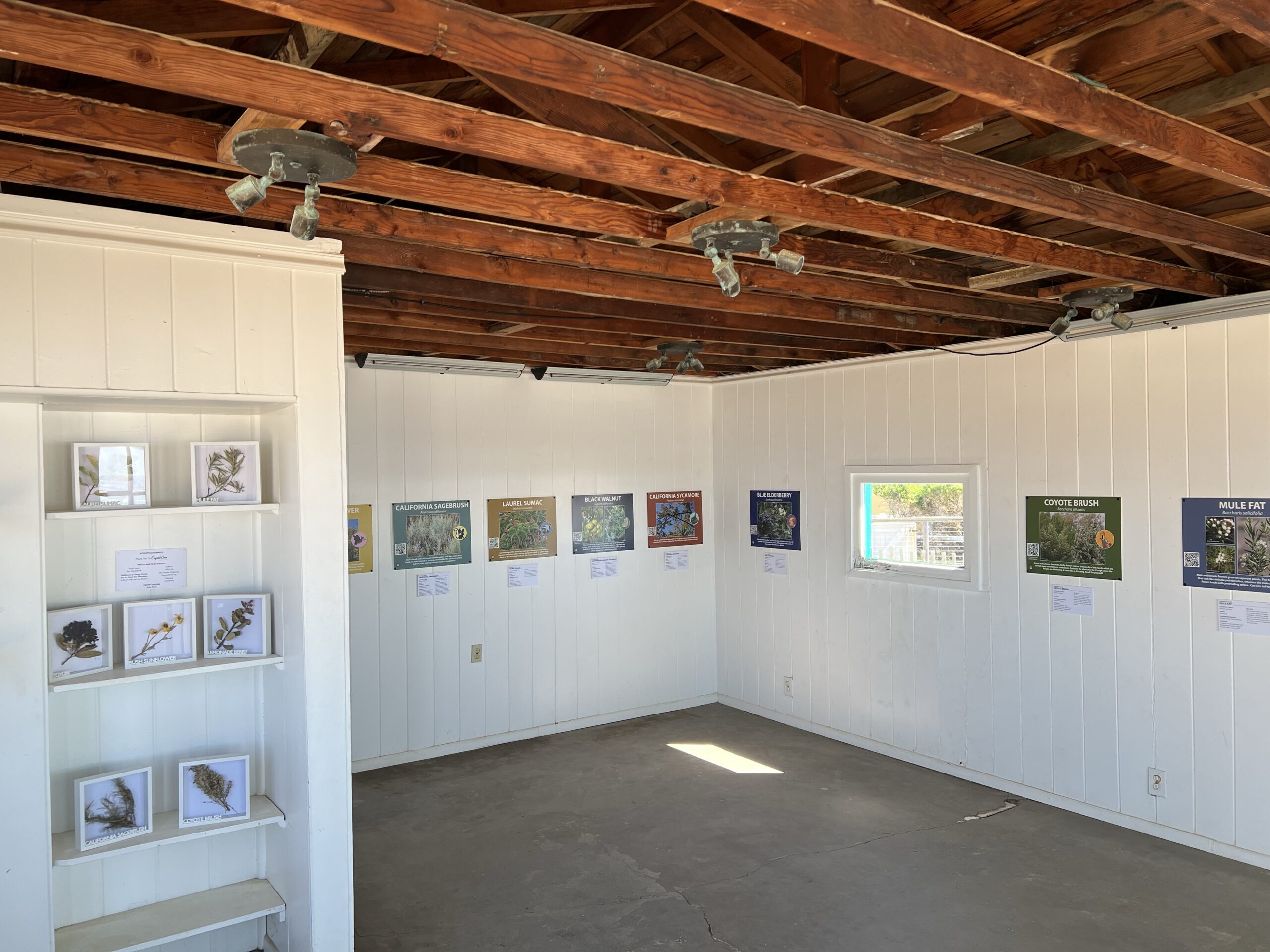
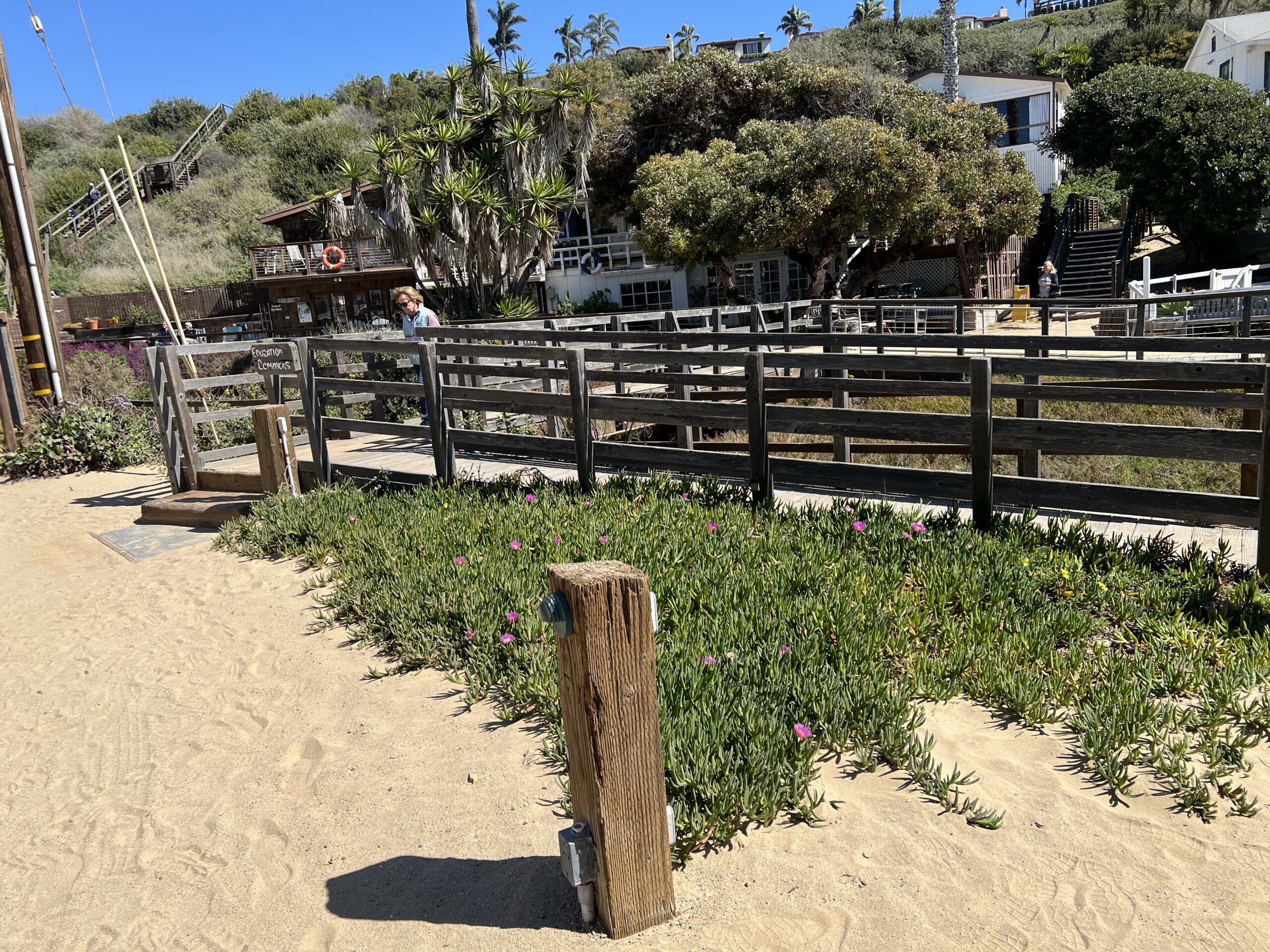
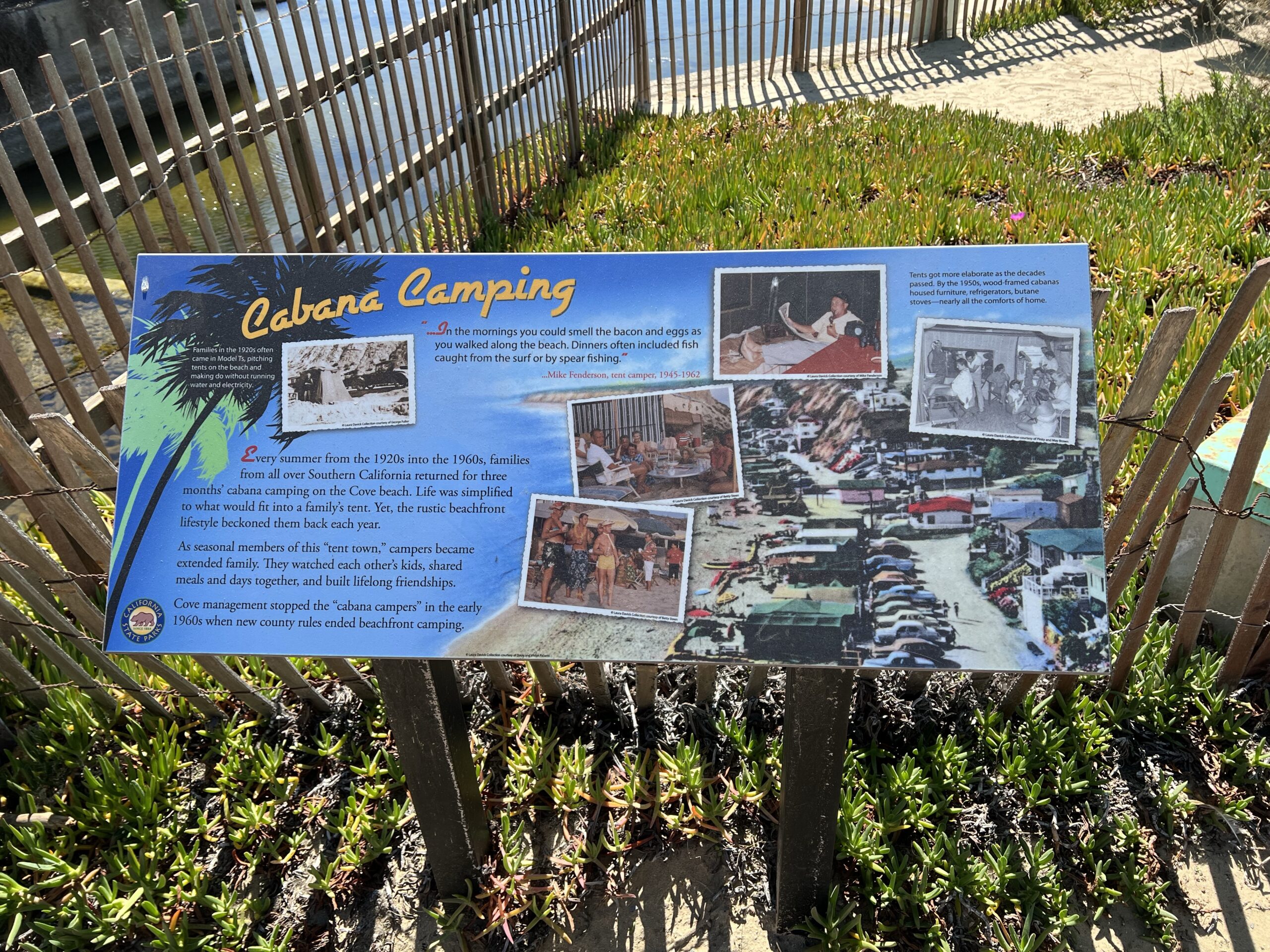
Below are key films shot at the site:
Notable Films Filmed at Crystal Cove:
1. Treasure Island (1918)
- The earliest known film shot at Crystal Cove, this silent adaptation (now lost) used the Cove’s tropical ambiance to mimic pirate havens. Crews built thatched huts and imported palm trees, some of which became permanent fixtures13.
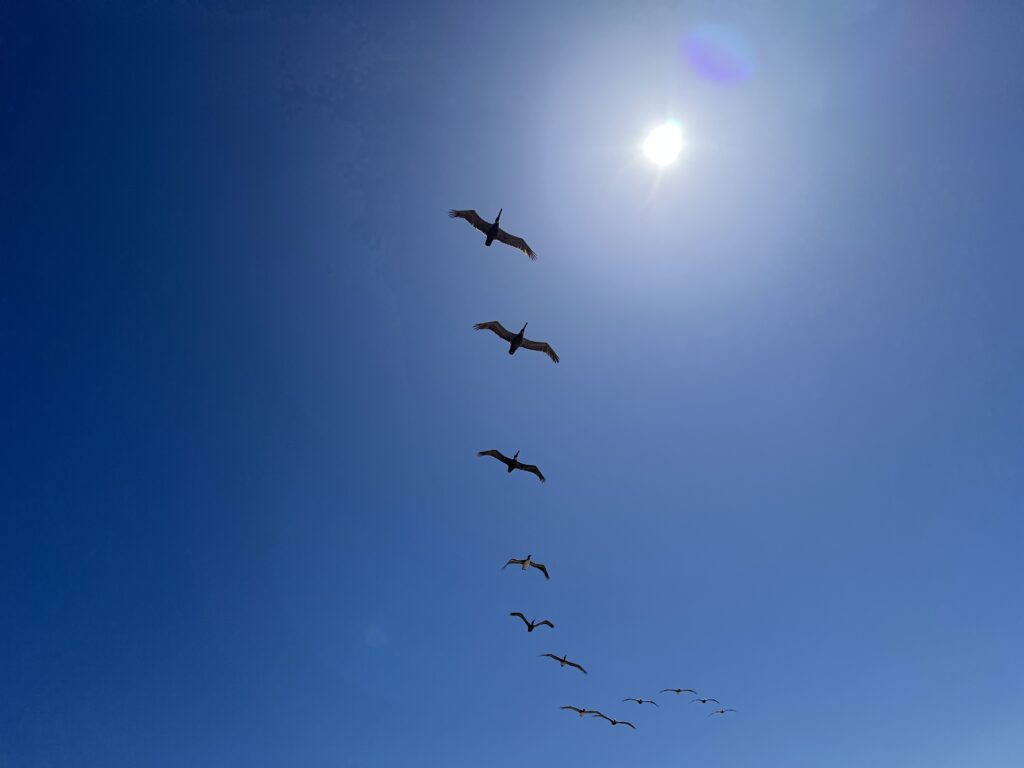
2. Rain (1928)
- Starring Gloria Swanson, this silent film (also titled Sadie Thompson) depicted the Cove’s beaches as a Polynesian-inspired setting. Its success solidified the area’s reputation as a Hollywood hotspot36.
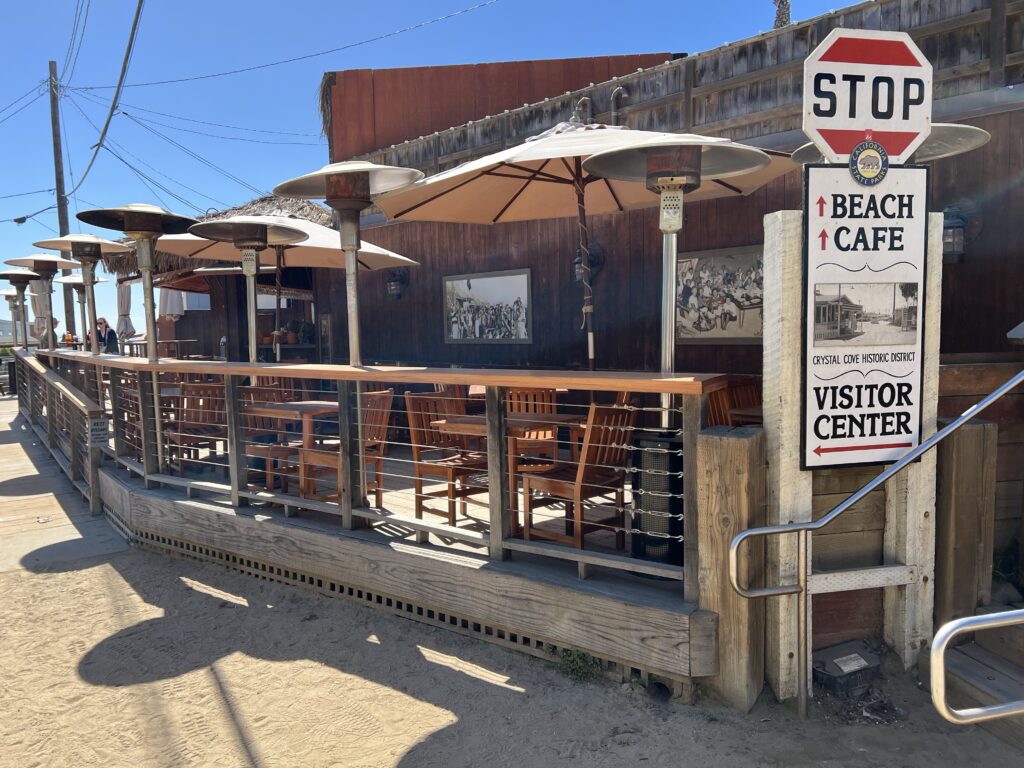
3. Half a Bride (1928)
- Featuring Gary Cooper and Esther Ralston, this romantic comedy utilized the Cove’s palm-thatched cottages and beaches, further establishing its role in early cinema3.
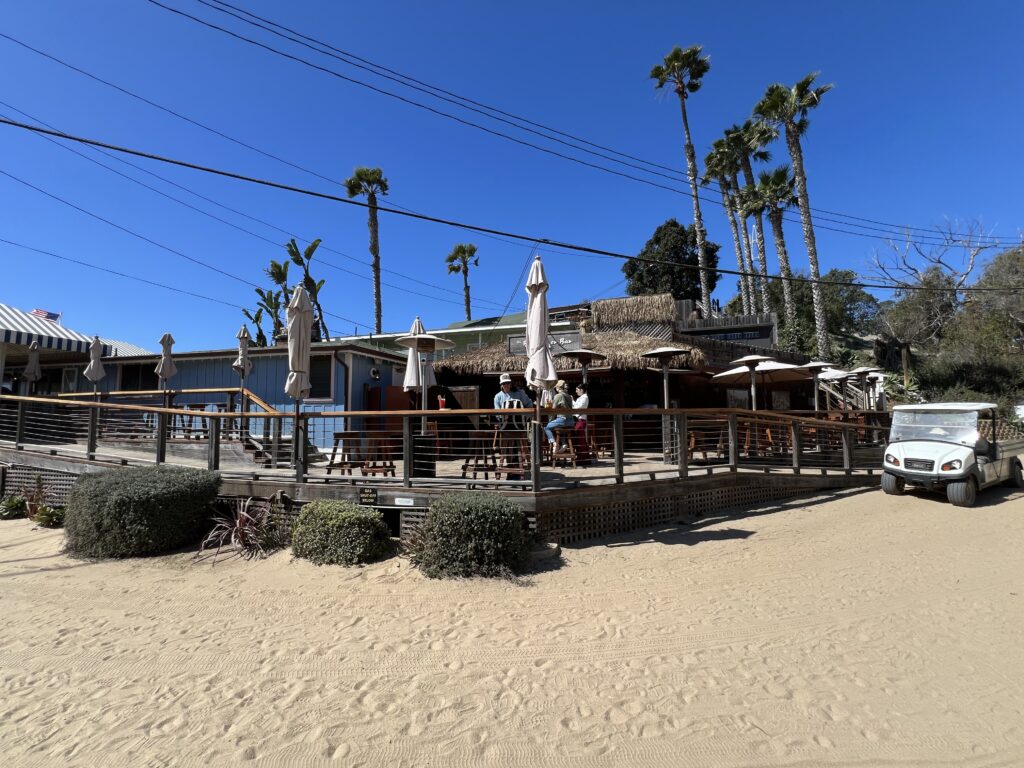
4. Beaches (1988)
- The most famous film associated with Crystal Cove, this drama starring Bette Midler and Barbara Hershey transformed Cottage #13 into a central location. Originally a 1920s cooking shelter, the cottage became a symbol of the Cove’s Hollywood legacy and is now part of the Beaches Film & Media Center2457.
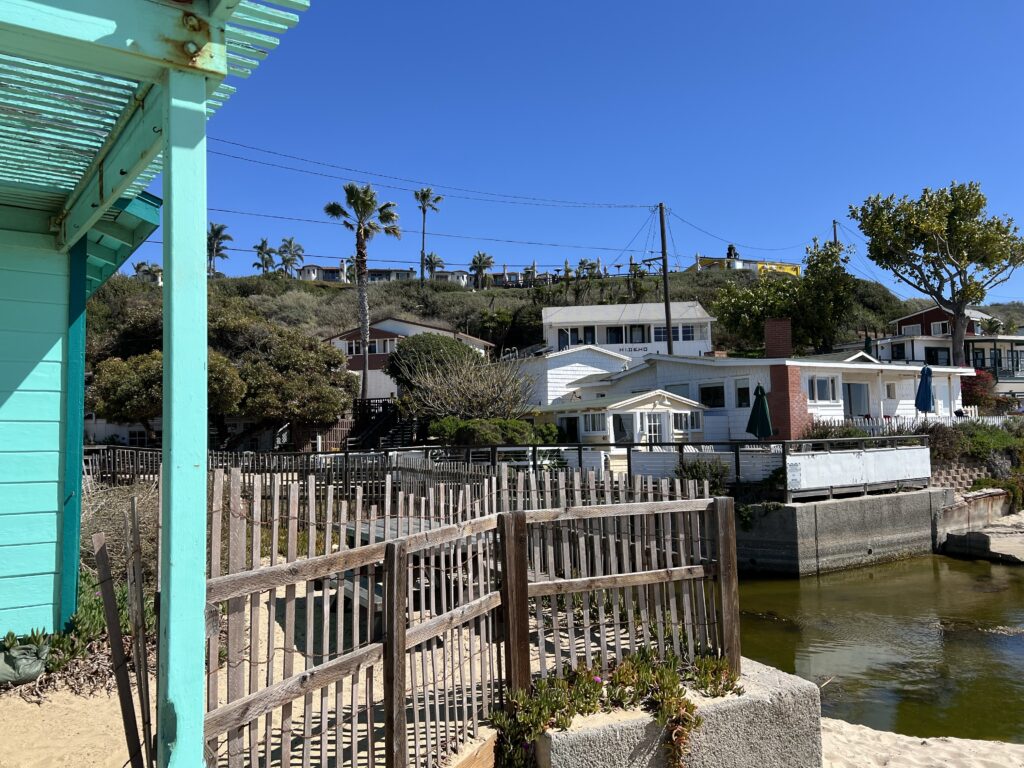
5. A Few Good Men (1992)
- Portions of this legal thriller, starring Tom Cruise and Jack Nicholson, were filmed at Crystal Cove. The park doubled as Guantanamo Bay’s Naval Base in key scenes67.
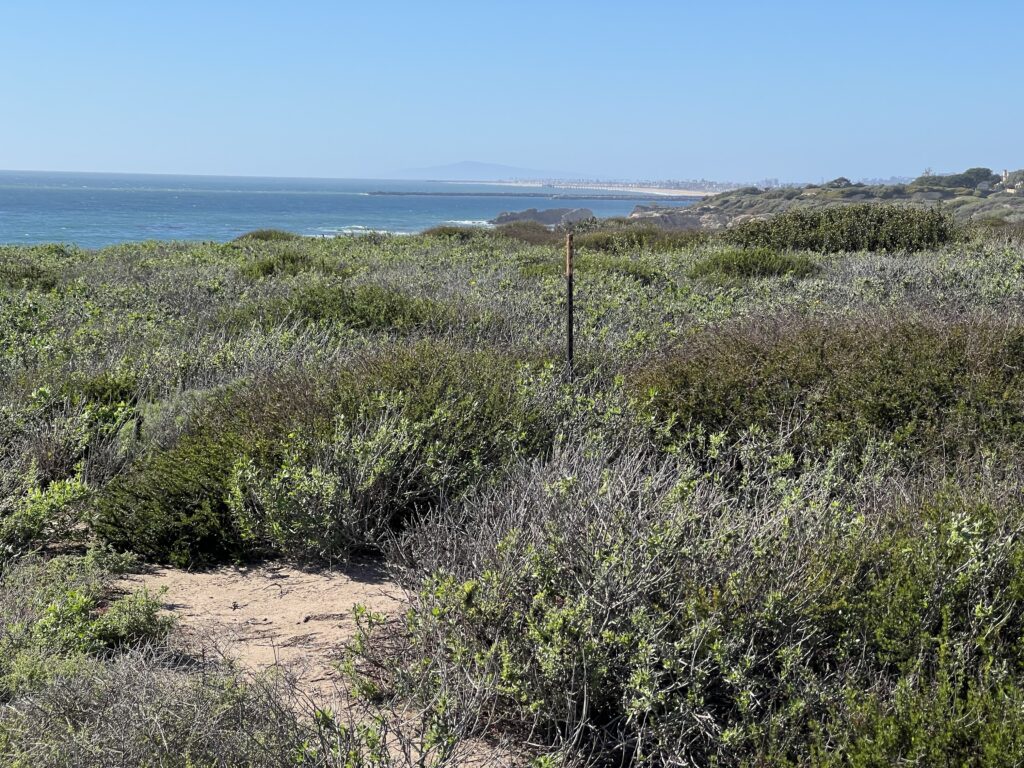
1. The Sea Wolf (1920s)
- Based on Jack London’s novel, this silent-era adaptation utilized the Cove’s rugged coastline to depict maritime drama. Filmmakers exploited the area’s remoteness to create a “primitive shoreline” aesthetic45.
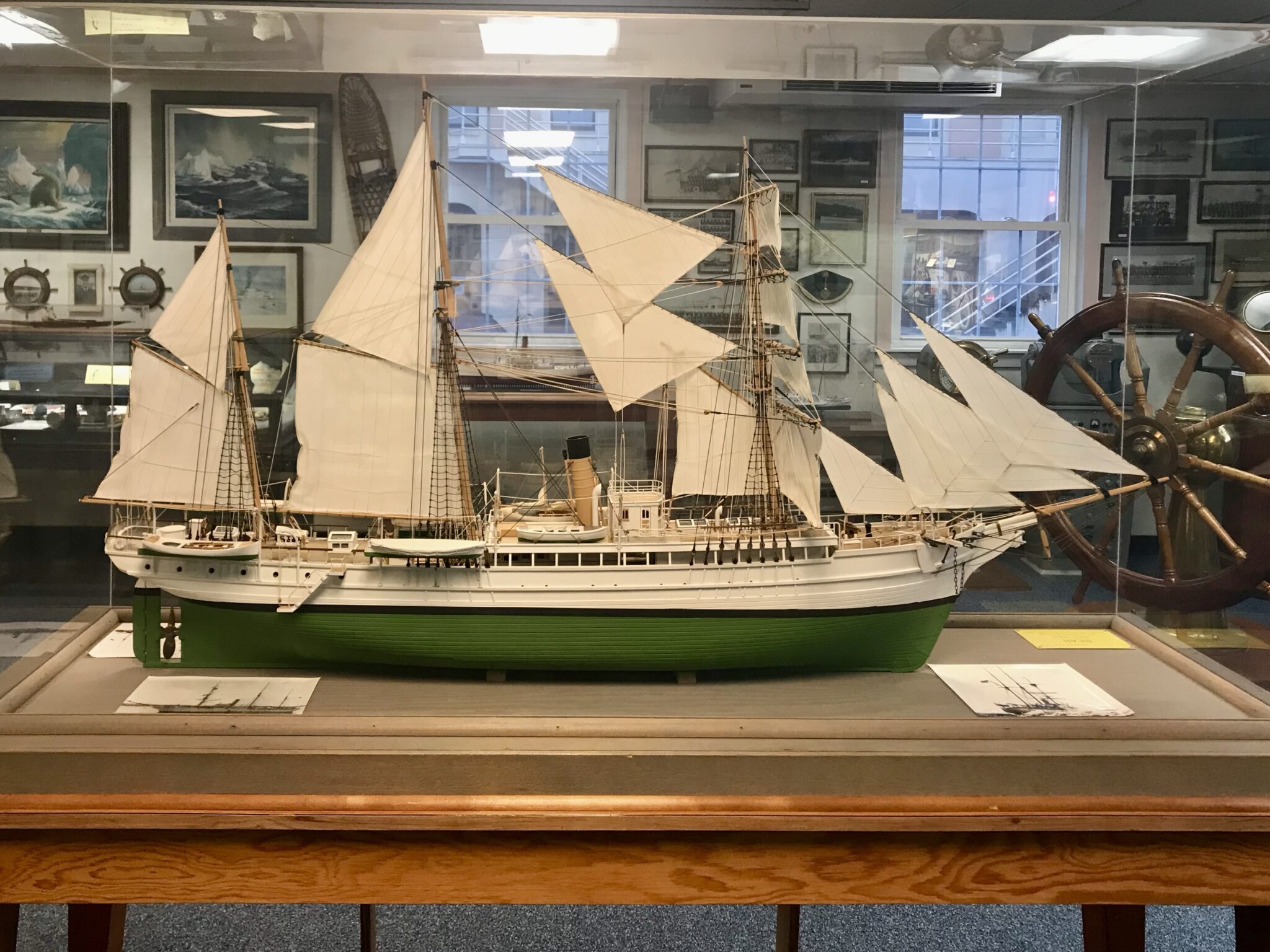
In 1929, the Coast Guard Vessel BEAR was decommissioned and turned over to the city of Oakland, California, for use as a maritime museum and a training ship for the Sea Scouts. She became known as the BEAR of Oakland. It was at this time that she served as the set for the filming of Jack London’s “Sea Wolf”
2. Stormswept (1920s)
- A lost silent film, Stormswept dramatized shipwreck tales using the Cove’s cliffs and beaches. Crews built temporary palm-thatched huts, some of which evolved into early vacation cottages14.
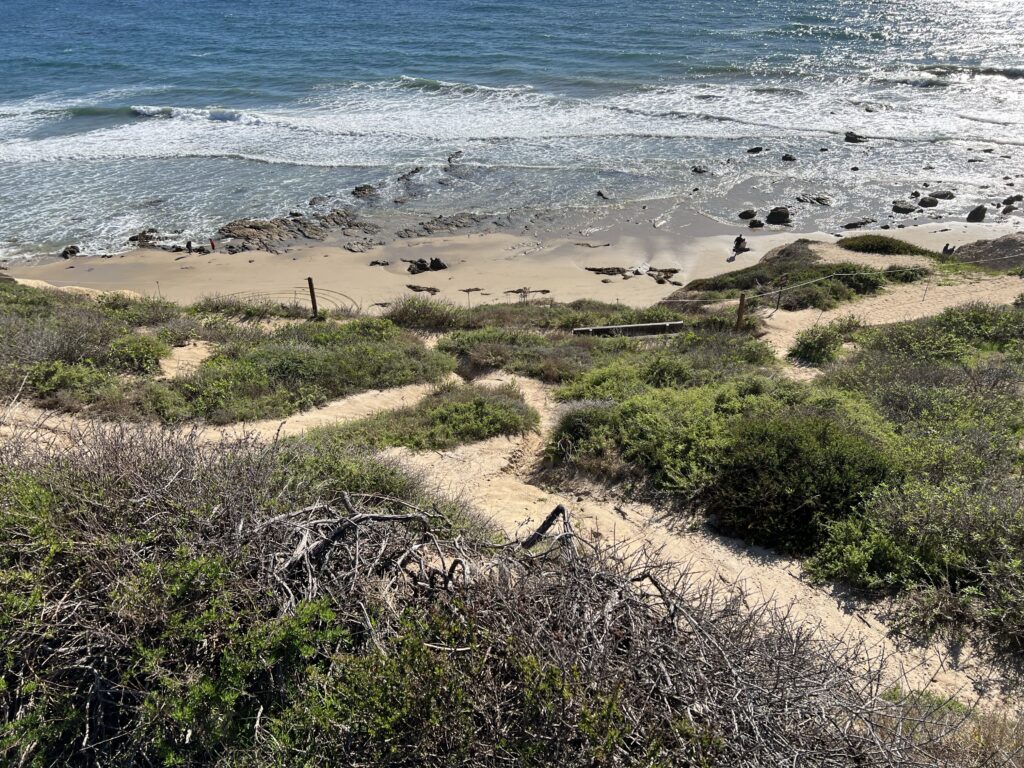
3. White Shadows (1928)
- This MGM production, starring Monte Blue, used the Cove’s palm-fringed beaches as a stand-in for South Pacific locales. Imported palm trees from Los Angeles nurseries became permanent fixtures, shaping the area’s tropical ambiance5.
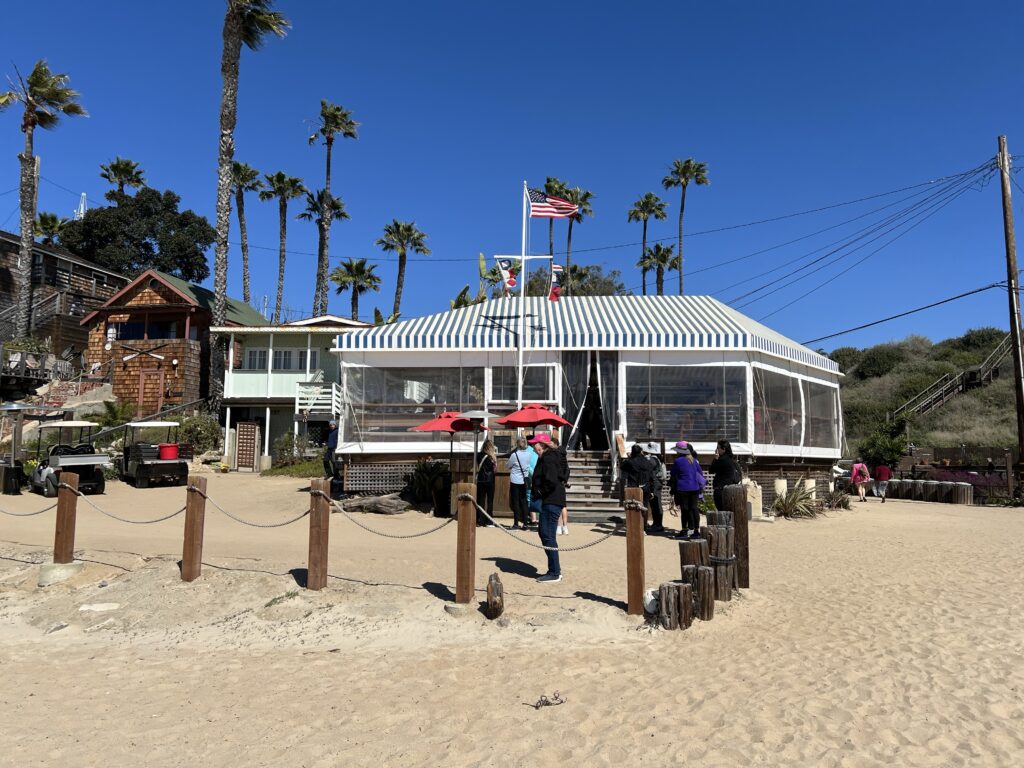
4. Sadie Thompson (1928)
- A retitled version of Rain, starring Gloria Swanson, depicted the Cove as a fictional Polynesian island. The film’s success reinforced Hollywood’s demand for Crystal Cove’s “unspoiled” aesthetic15.
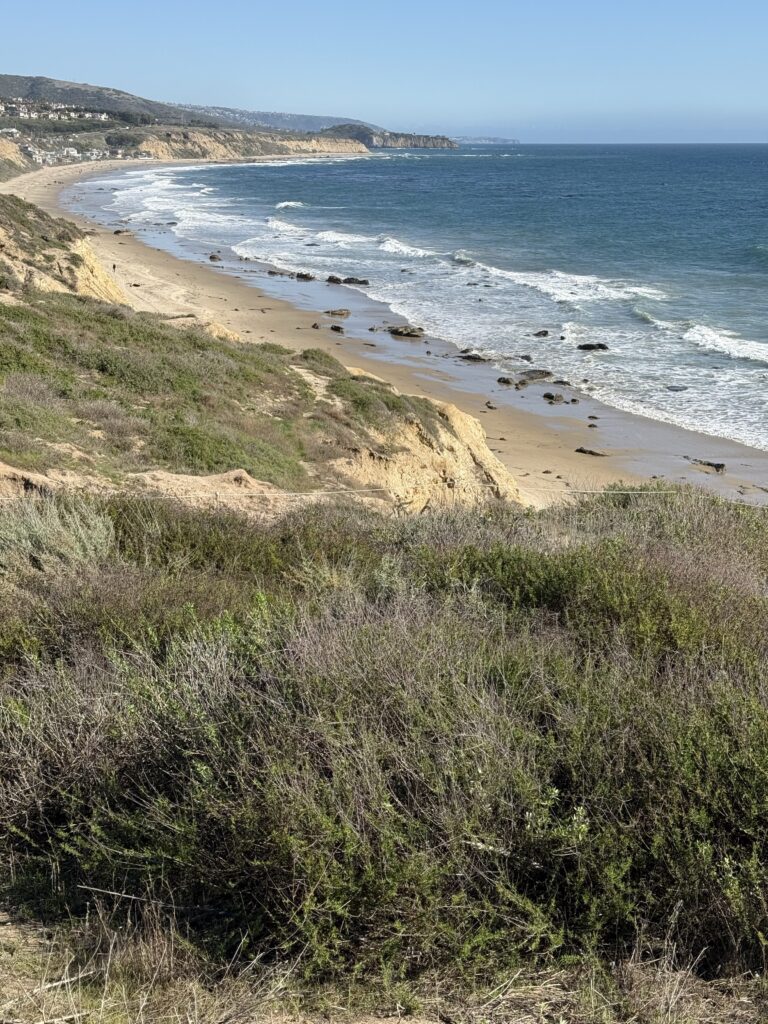
5. The Son of Tarzan (1920s)
- This early Tarzan serial filmed scenes at the Cove, leveraging its undeveloped cliffs and beaches to mimic African jungles. Crews faced logistical challenges due to the lack of Pacific Coast Highway access at the time5.
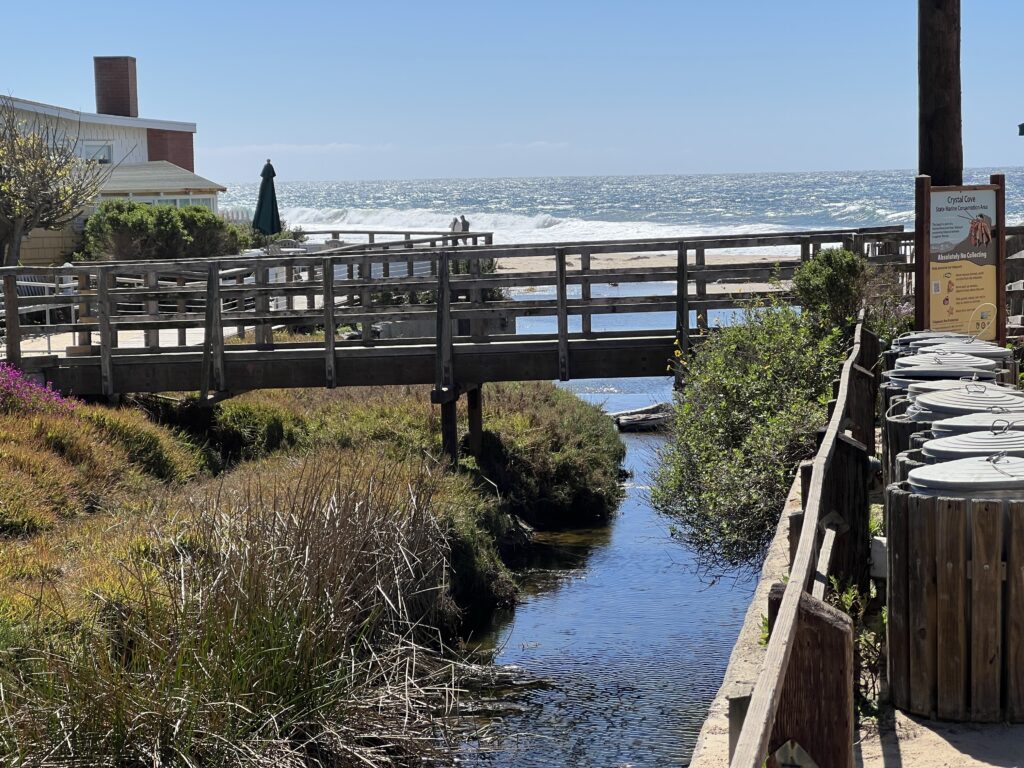
6. TNT’s James Dean (2001)
- This Golden Globe-winning miniseries, starring James Franco, used the Cove’s nostalgic cottages to evoke 1950s Americana. The production highlighted the park’s enduring appeal for period pieces5.
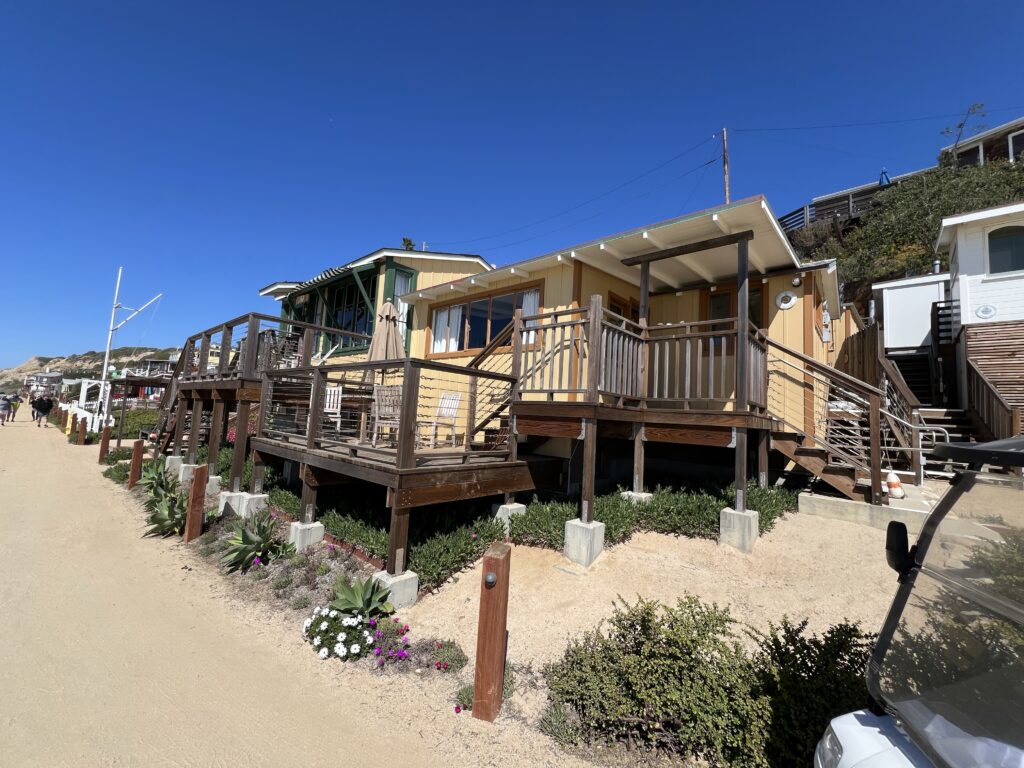
Lasting Impacts:
- Cottage Development: Leftover sets from Stormswept and White Shadows became early vacation rentals, with strict rules (e.g., palm-thatched roofs) preserving their Hollywood-inspired charm15.
- Ecological Preservation: The Cove’s cinematic reputation helped galvanize efforts to protect it from development, contributing to its 1979 designation as a state park3.
These films, though less celebrated today, underscore Crystal Cove’s role as a versatile backdrop for Hollywood’s evolving storytelling needs.
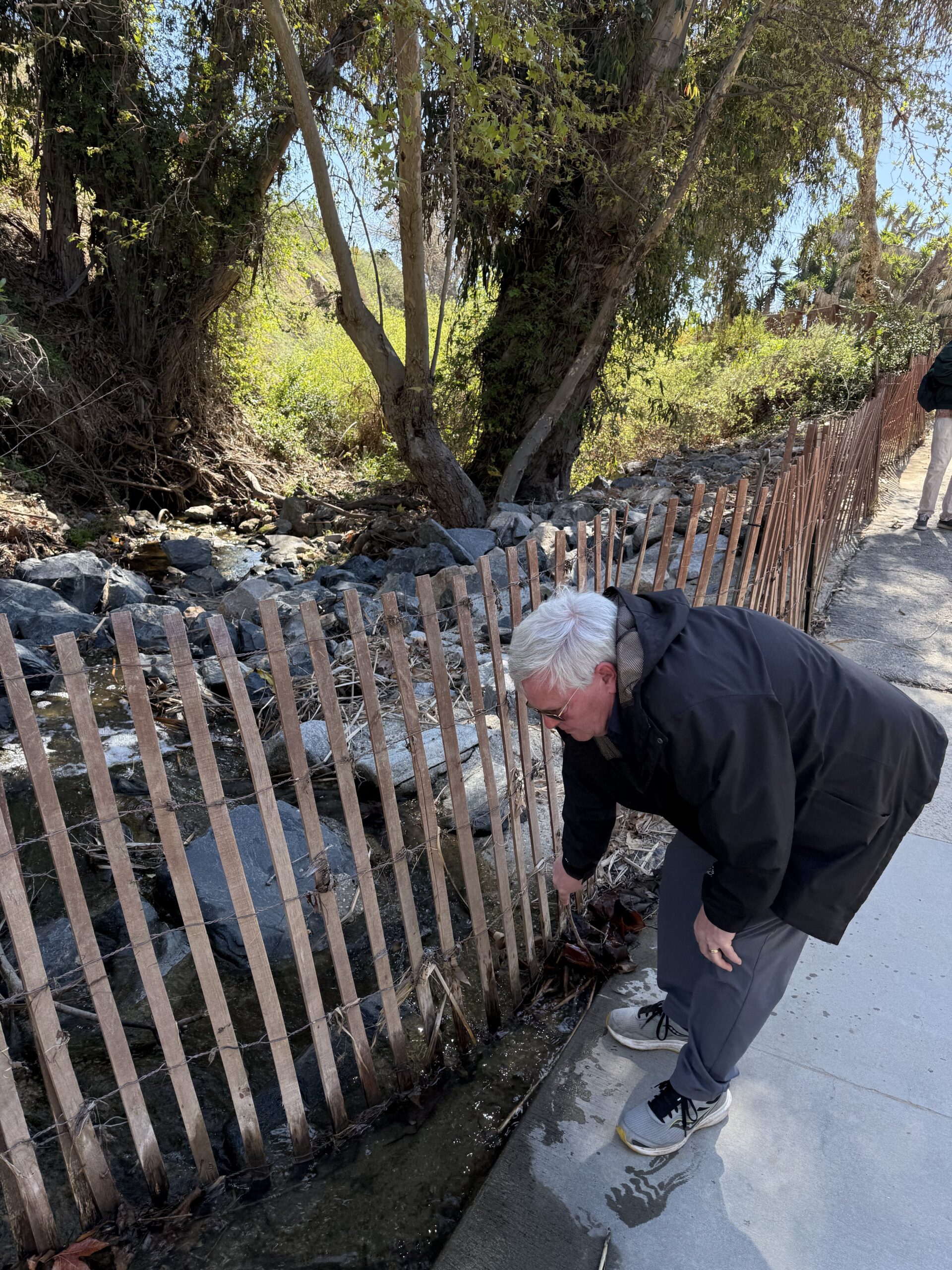
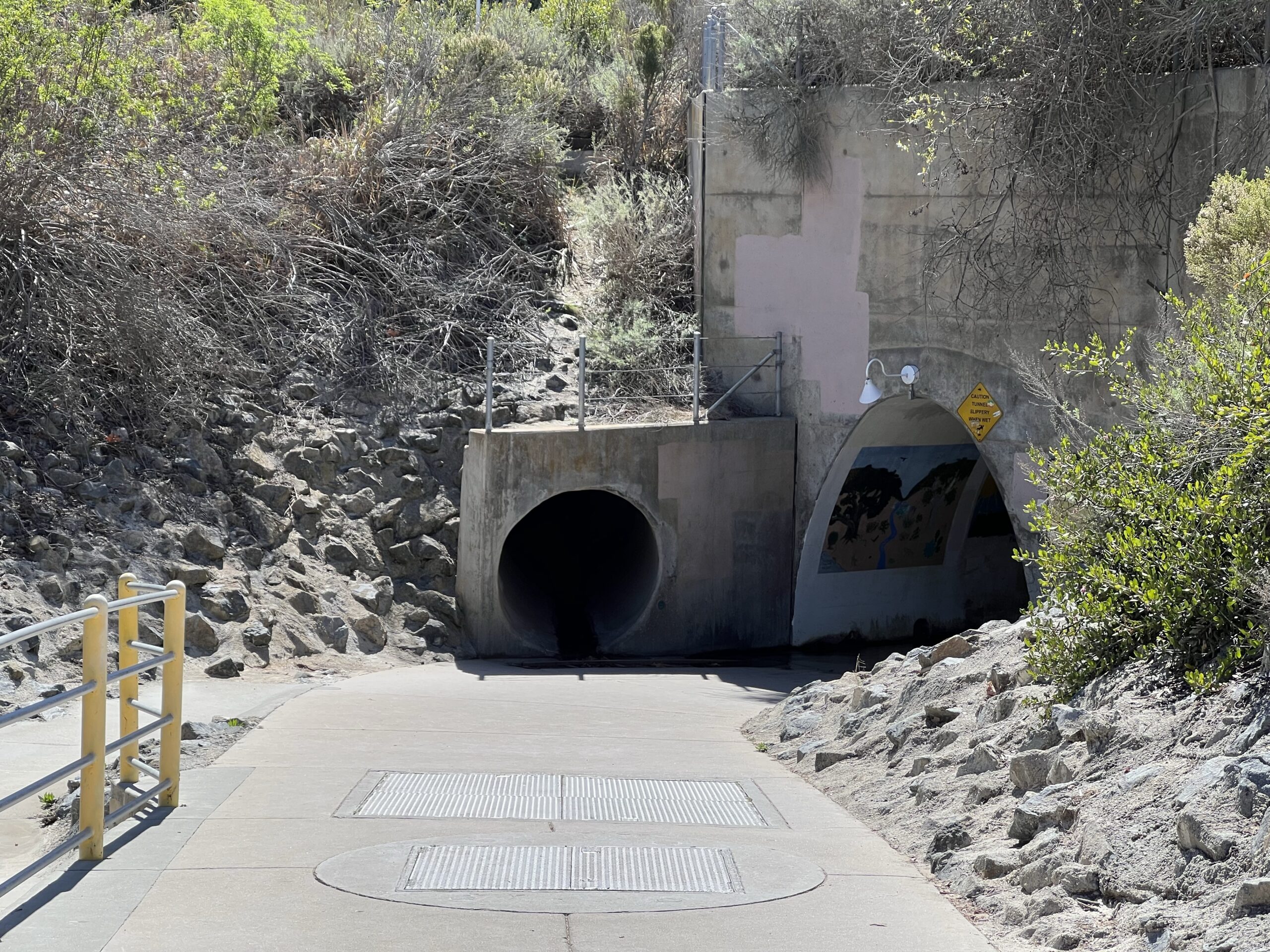
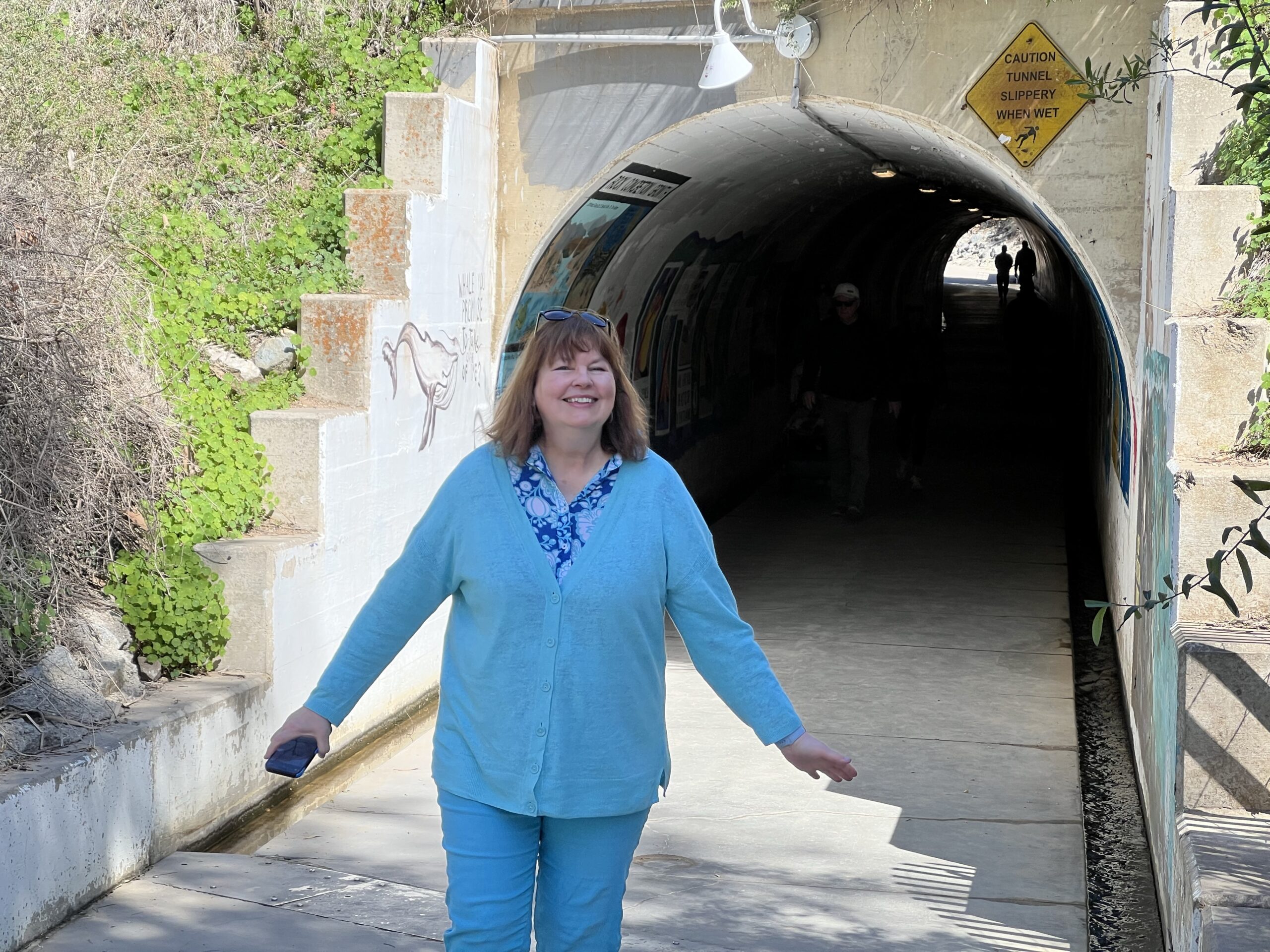
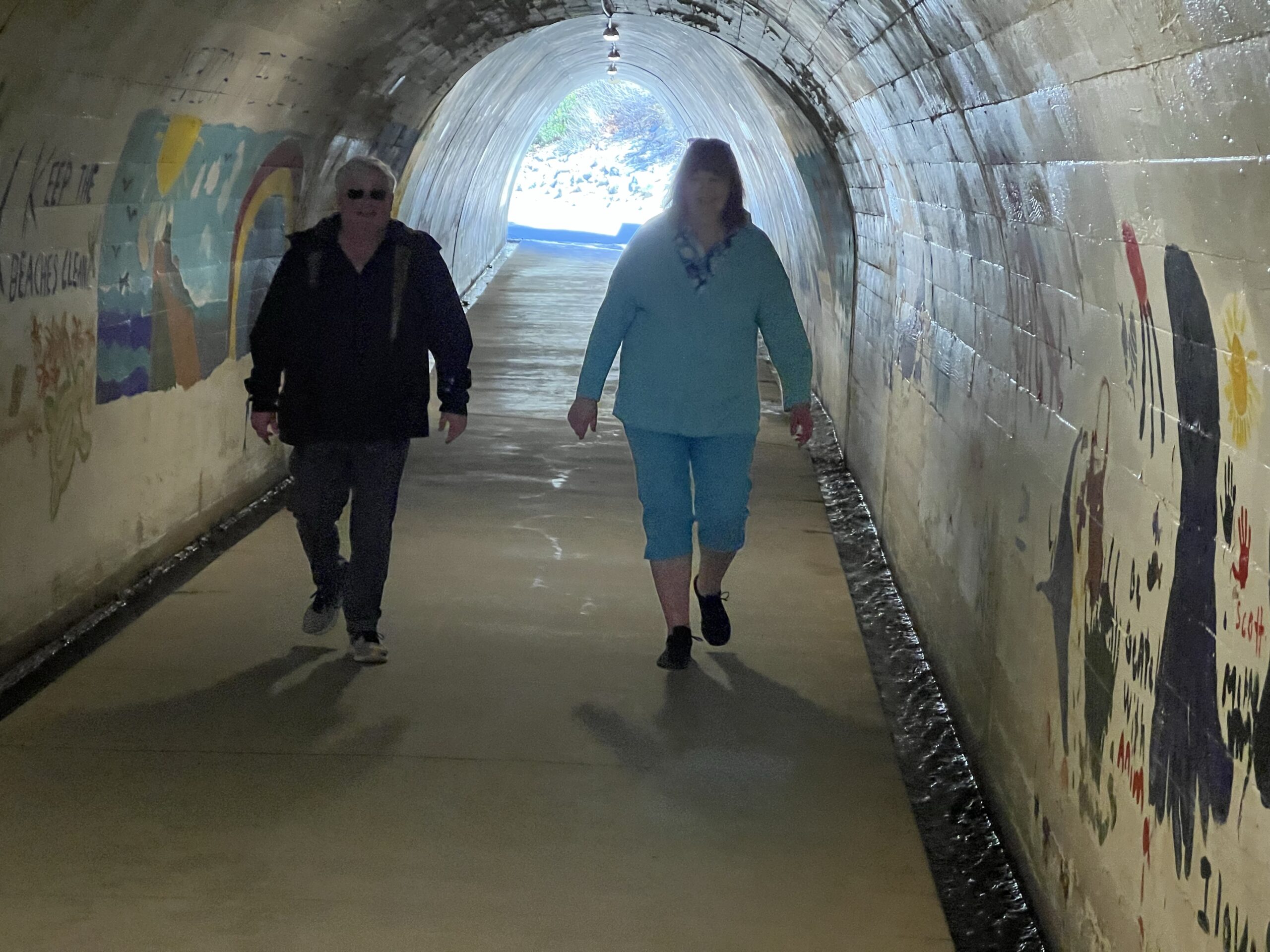
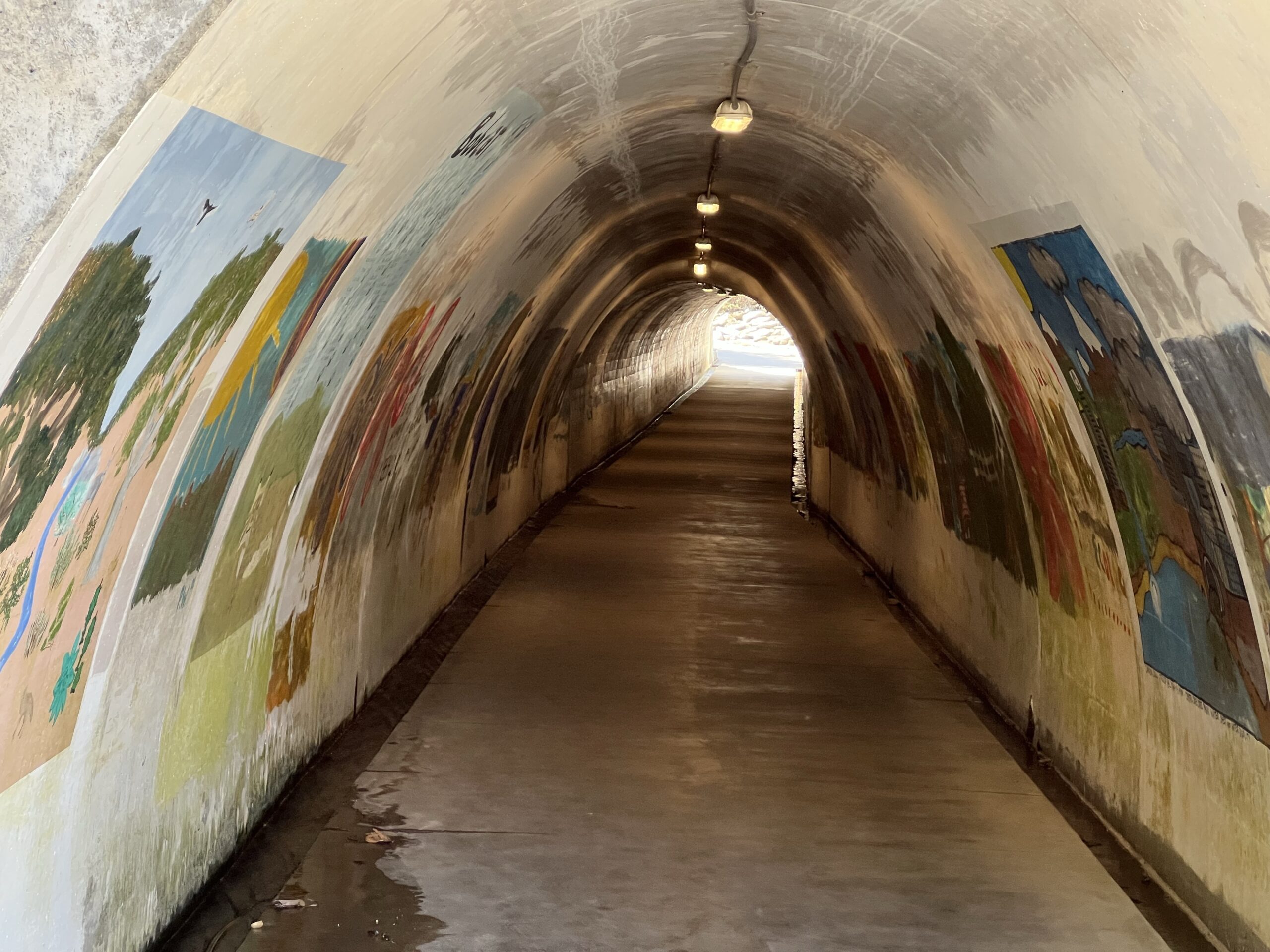
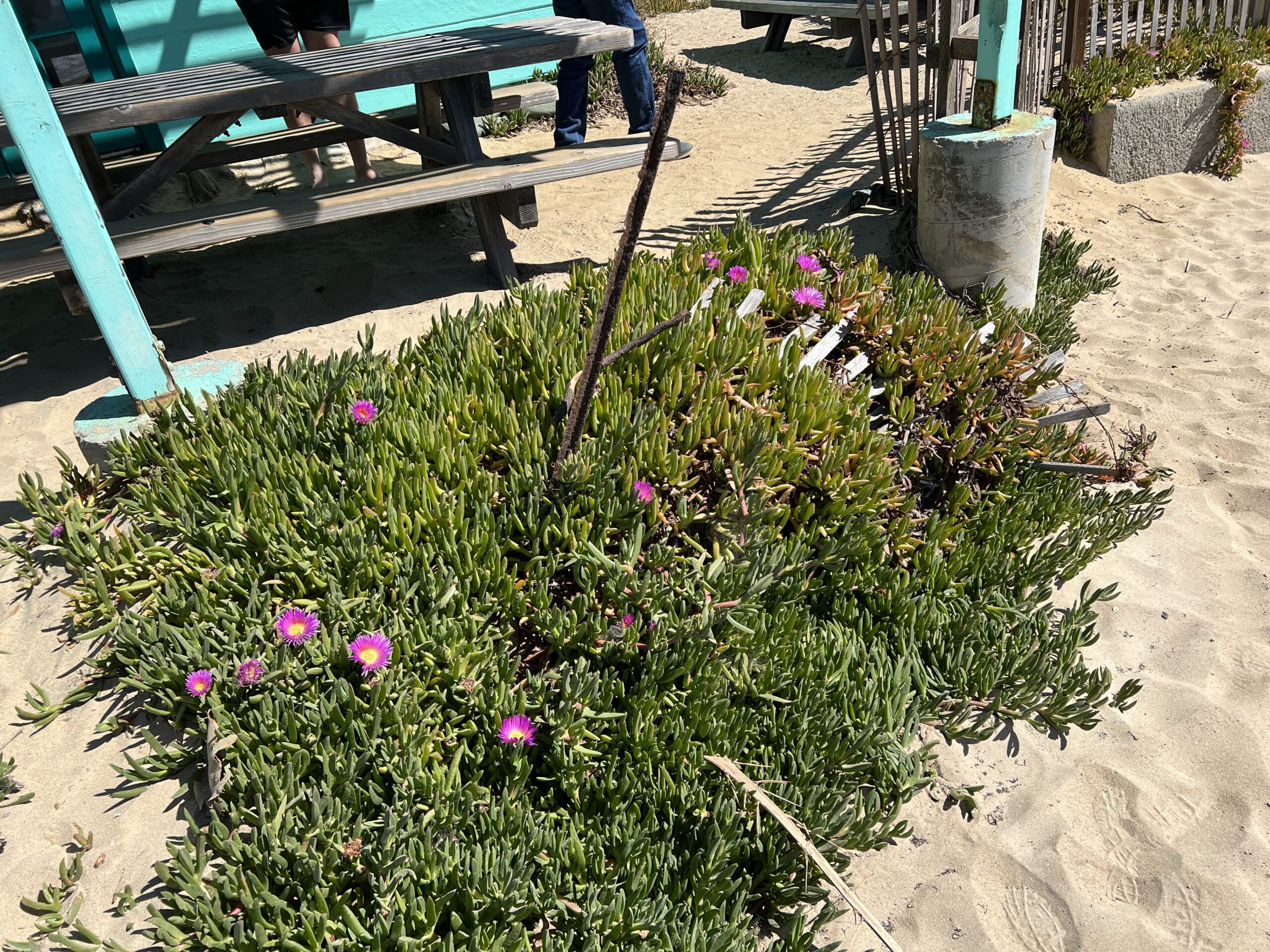
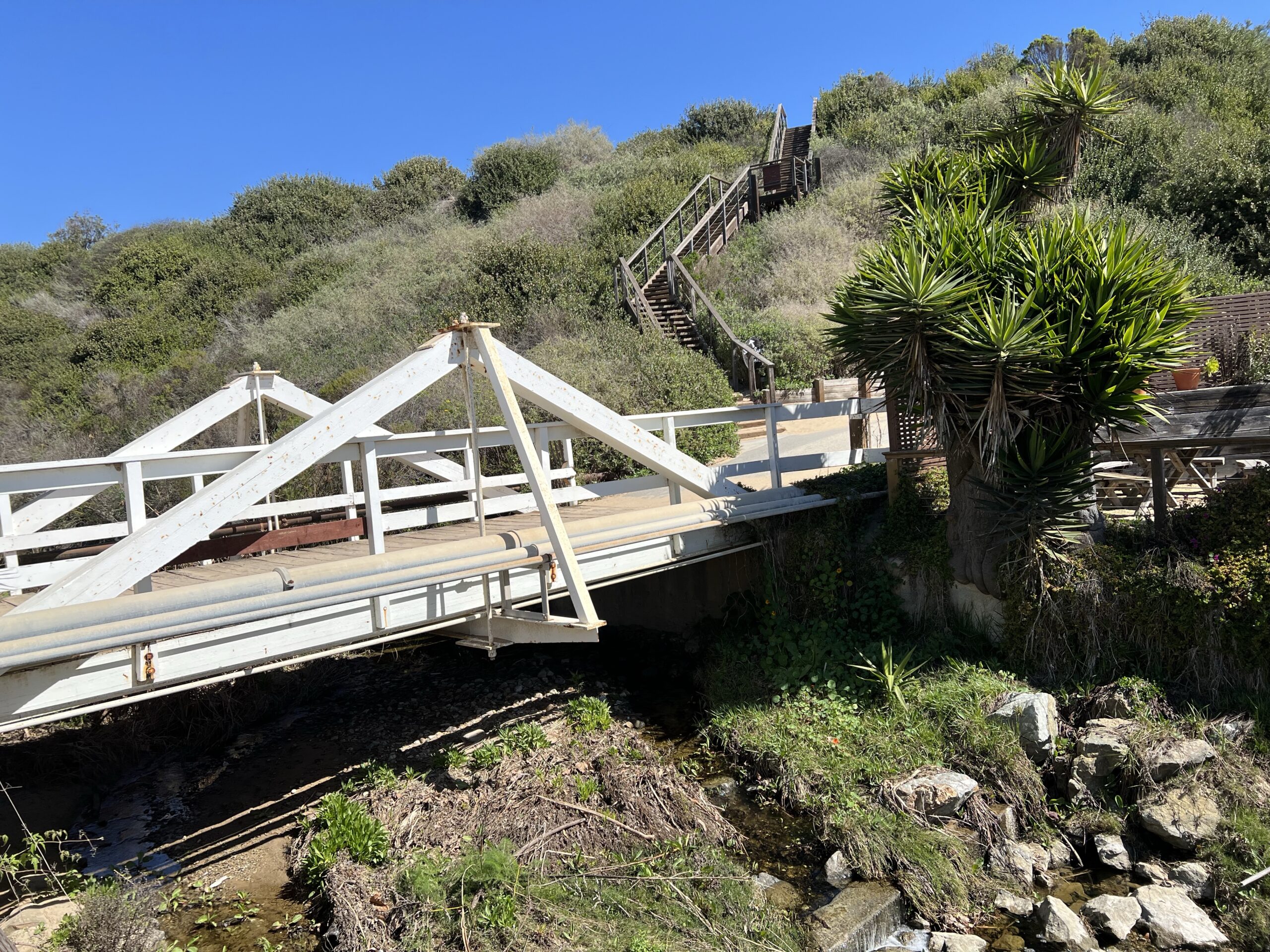
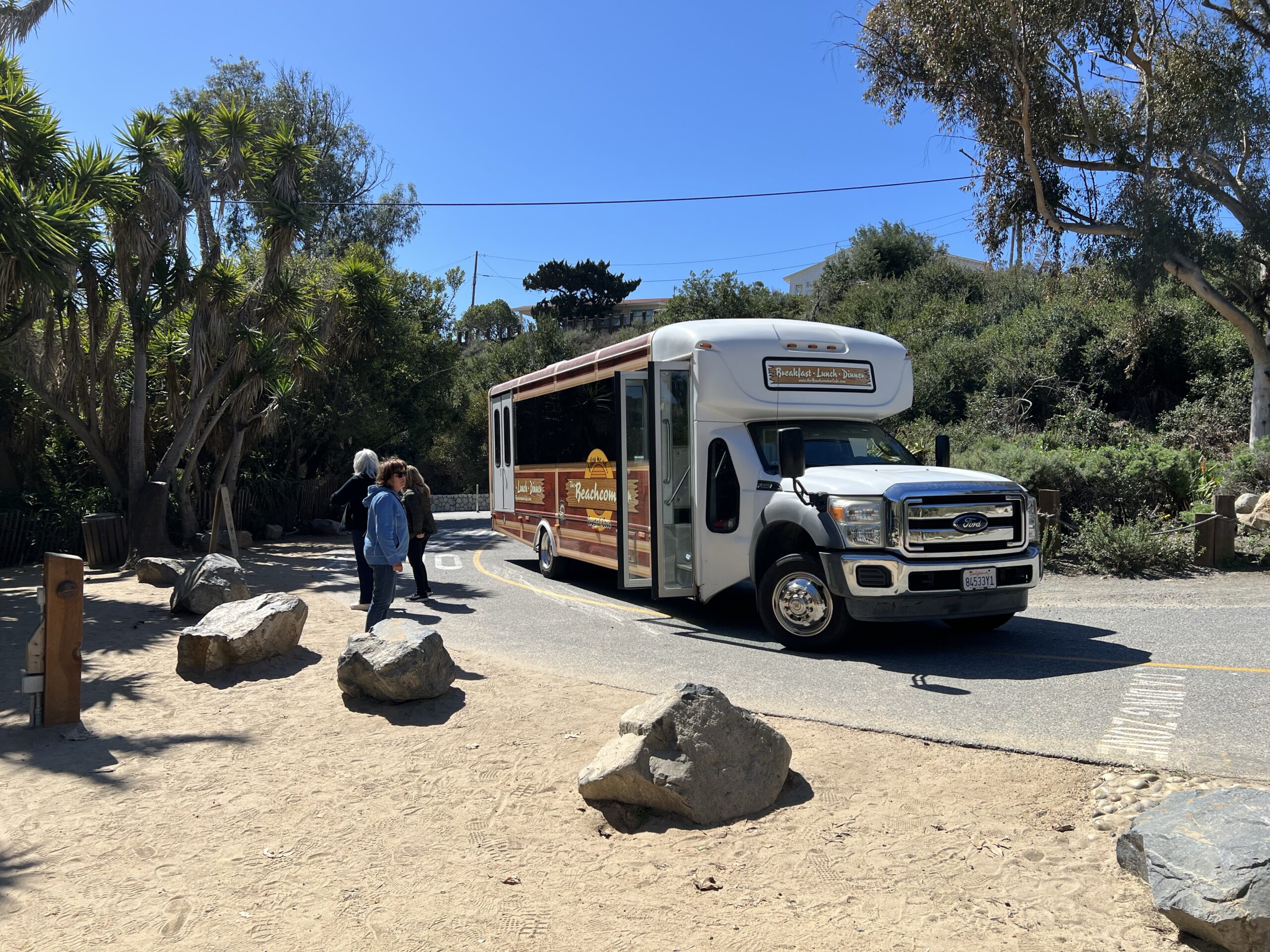
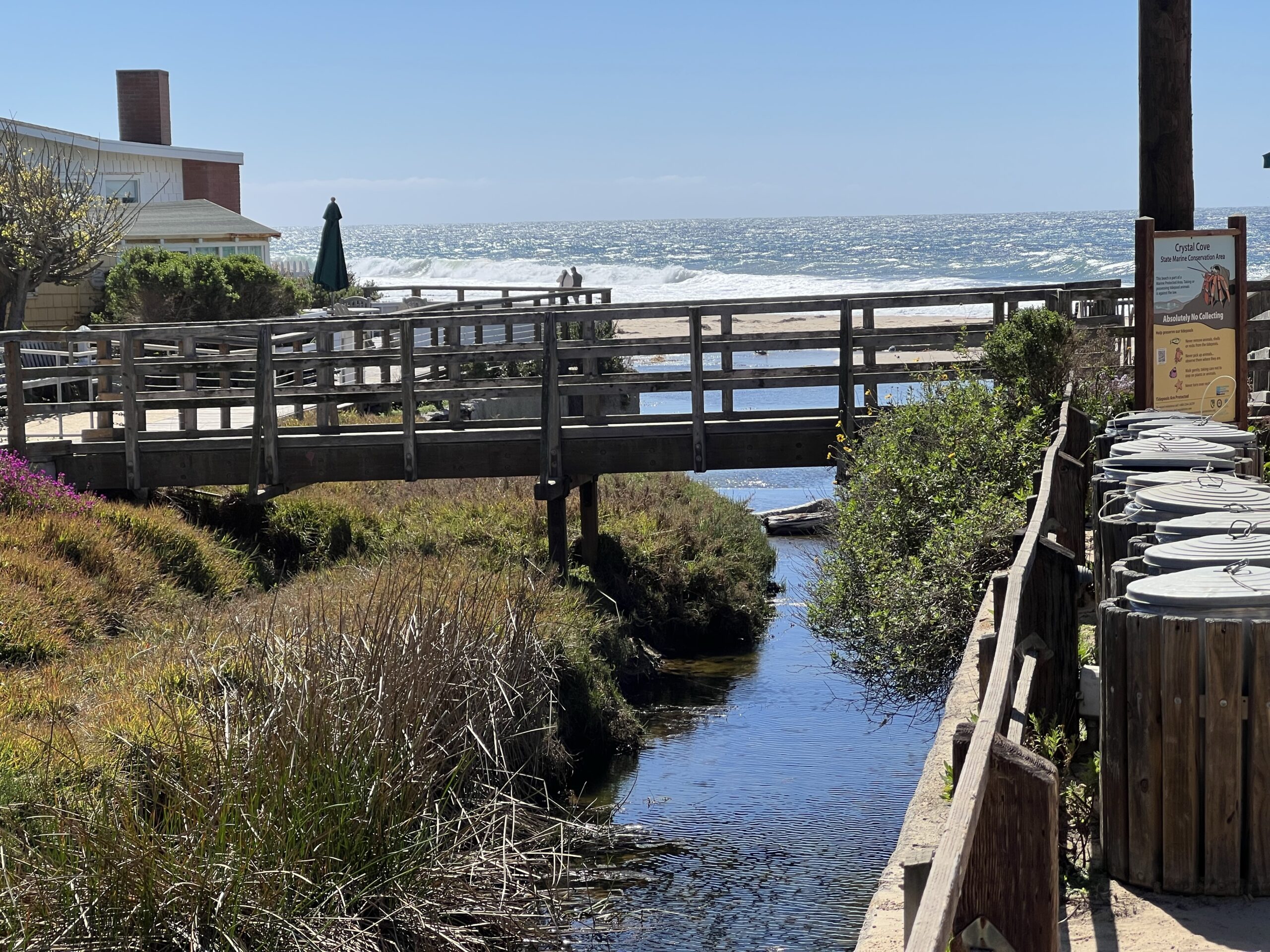
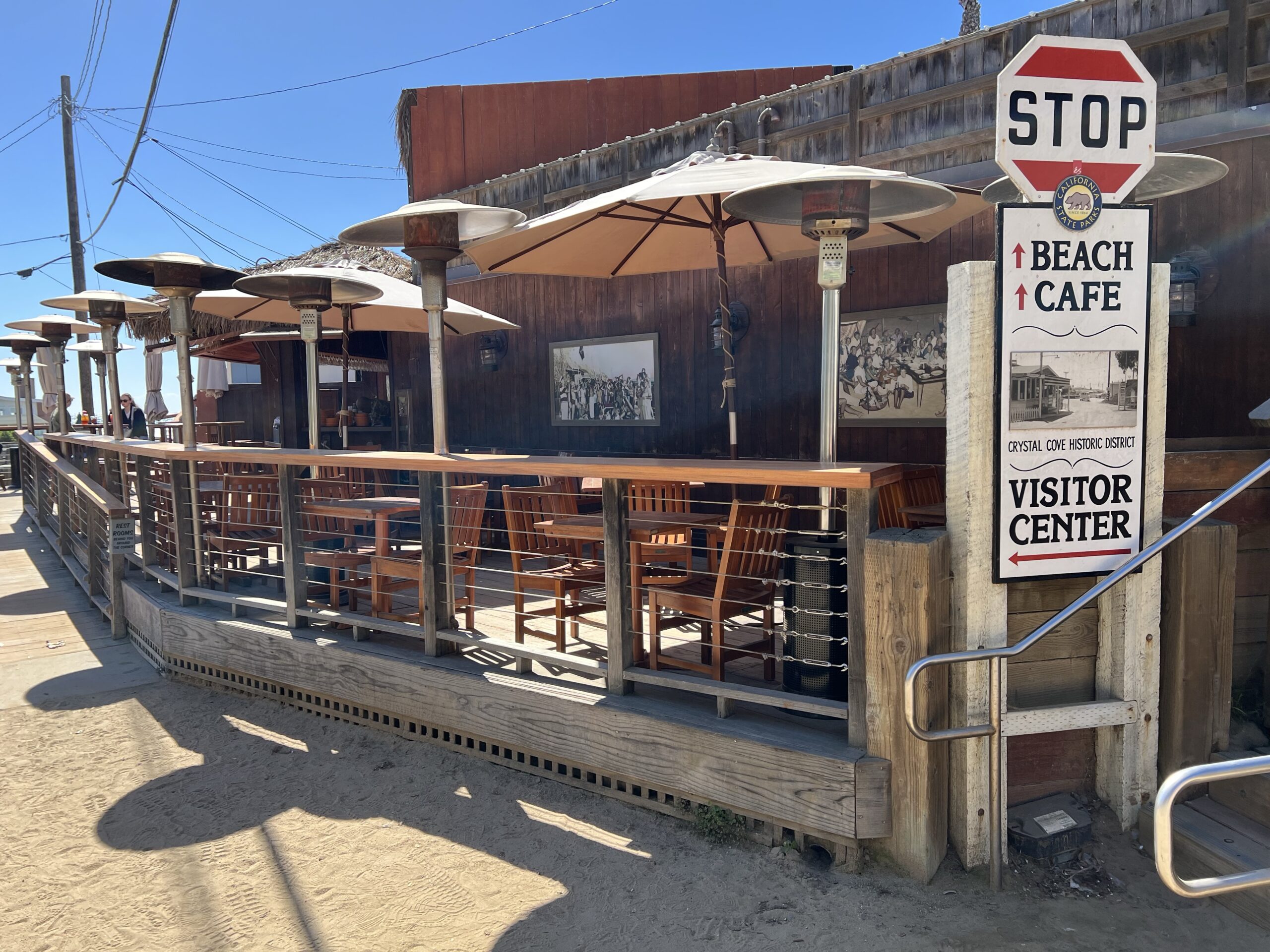
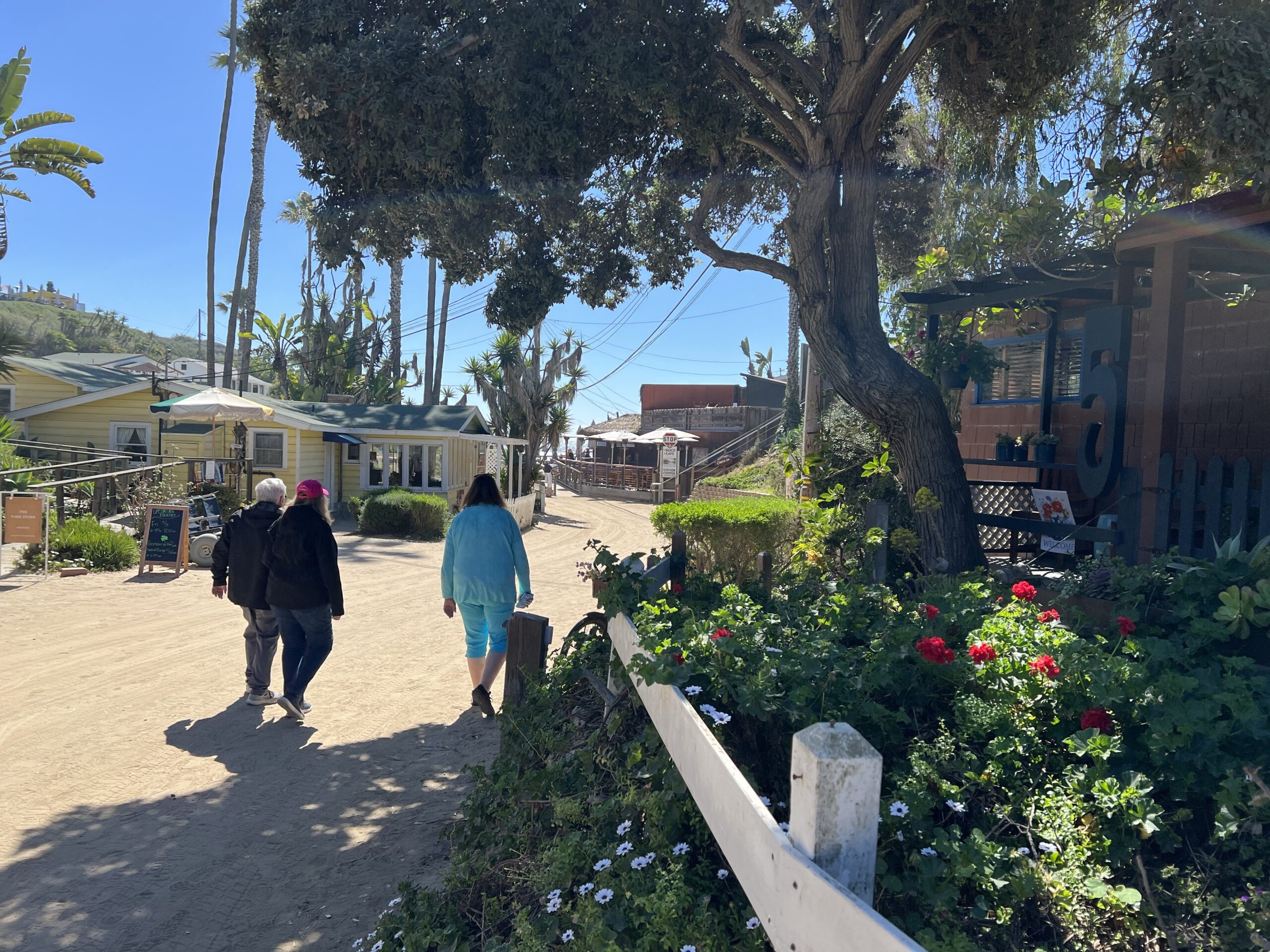
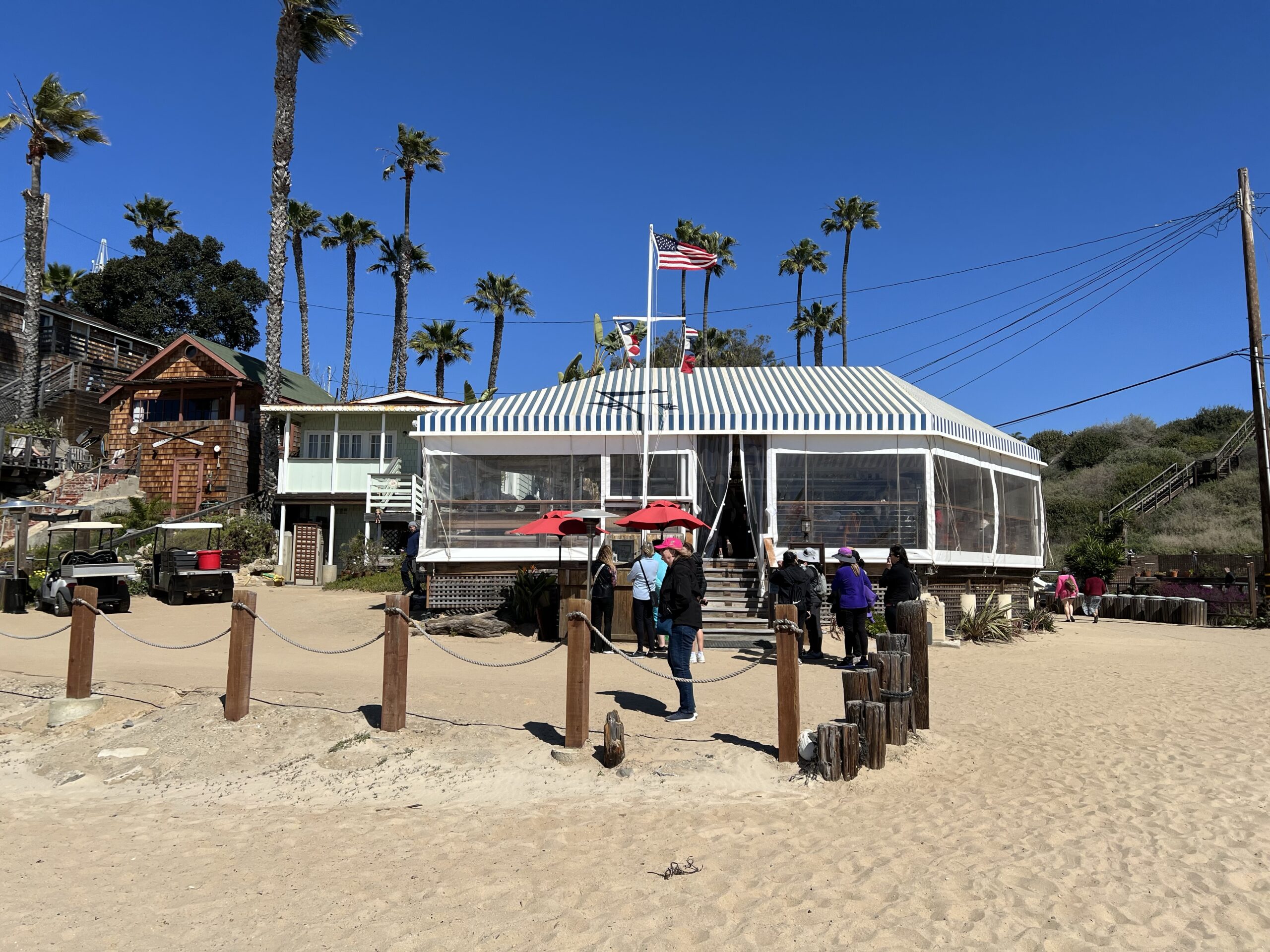
Hollywood’s Lasting Impact:
- Cottage Development: Early film sets evolved into permanent cottages, with strict rules (e.g., palm-thatched roofs) preserving their cinematic charm13.
- Cultural Preservation: The Cove’s Hollywood ties helped save its Historic District from demolition in the 1990s, ensuring its status as a National Register site5.
From silent-era tropical fantasies to 1990s blockbusters, Crystal Cove’s natural beauty and architectural nostalgia continue to inspire filmmakers and visitors alike.
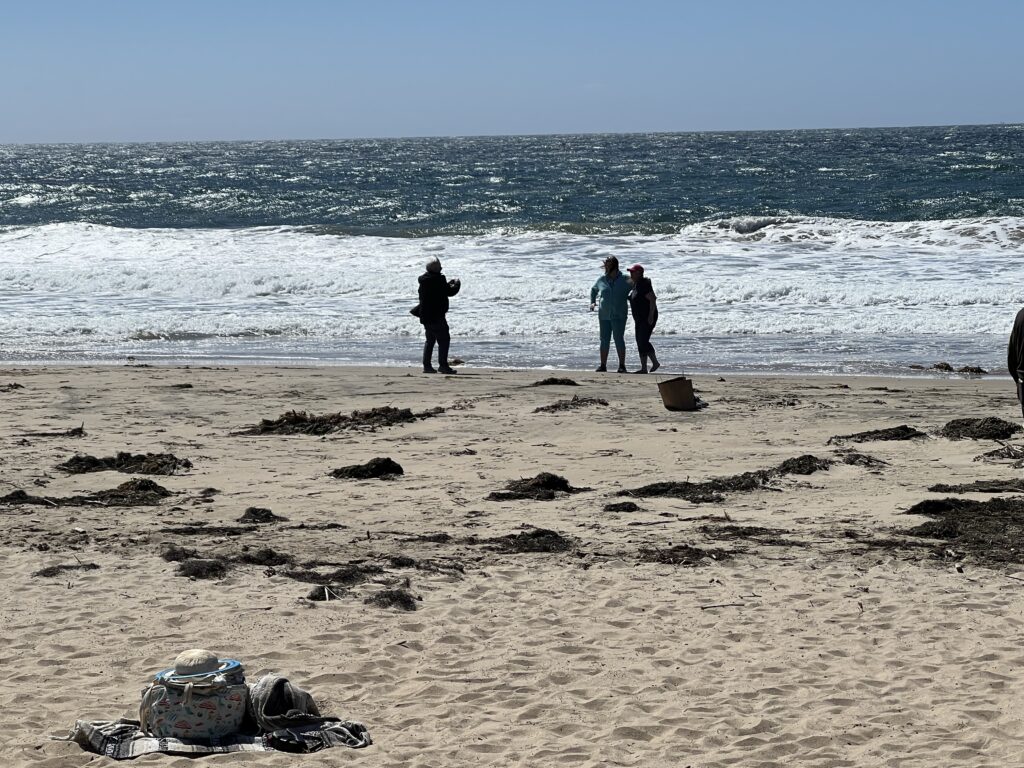
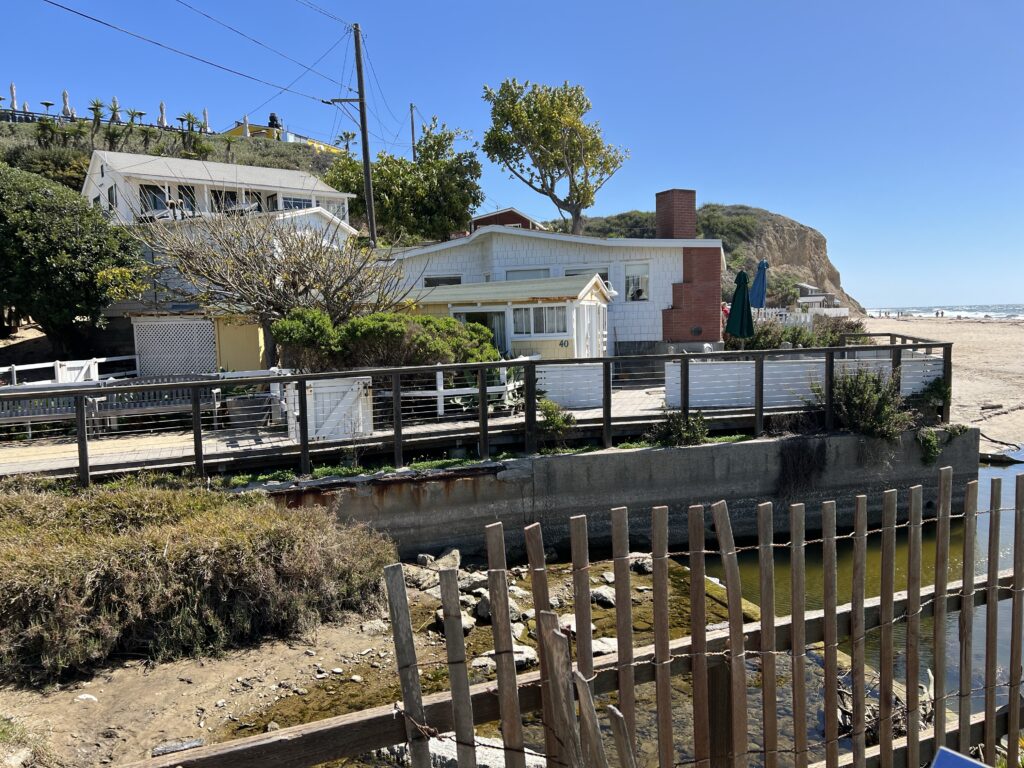
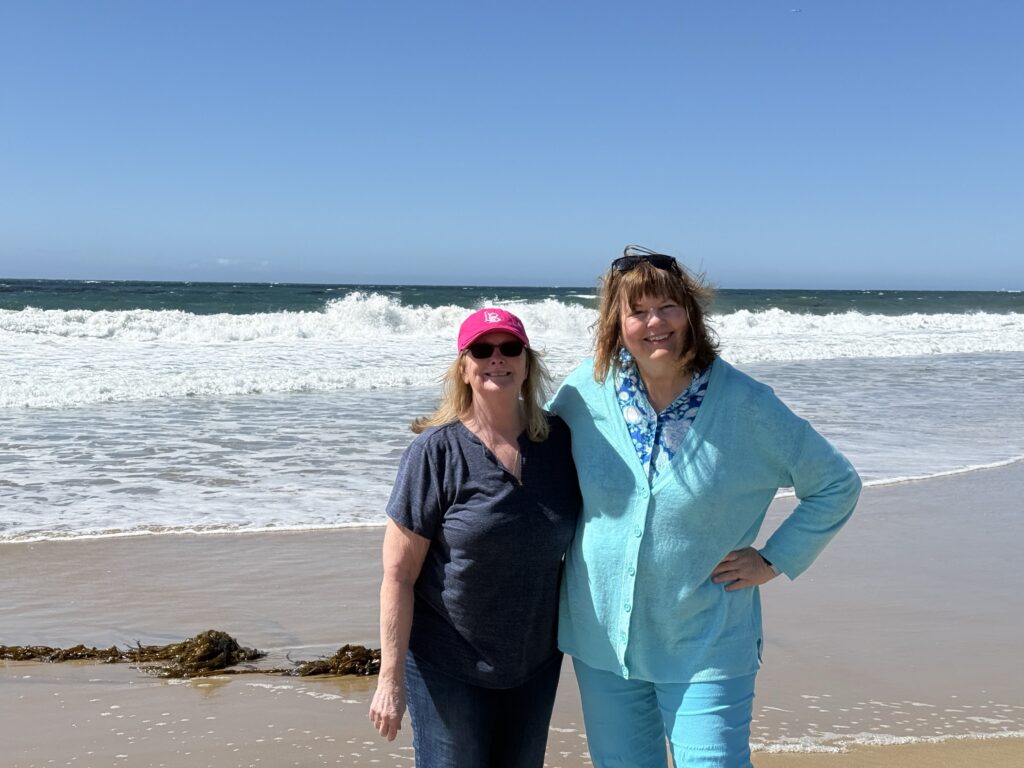
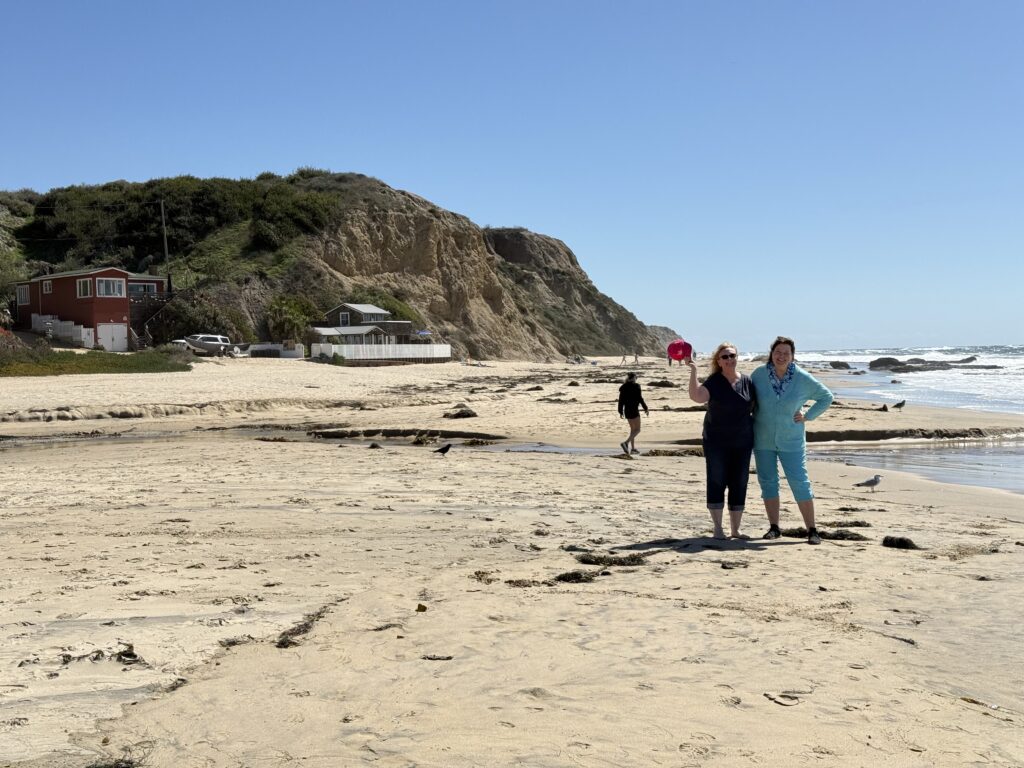
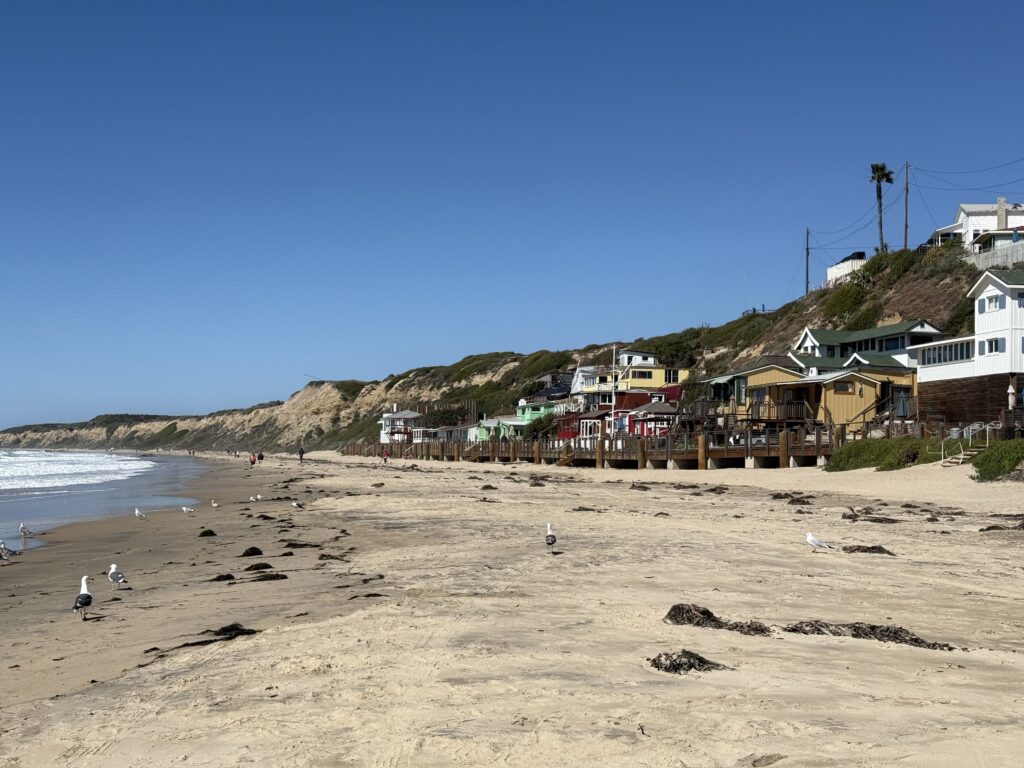
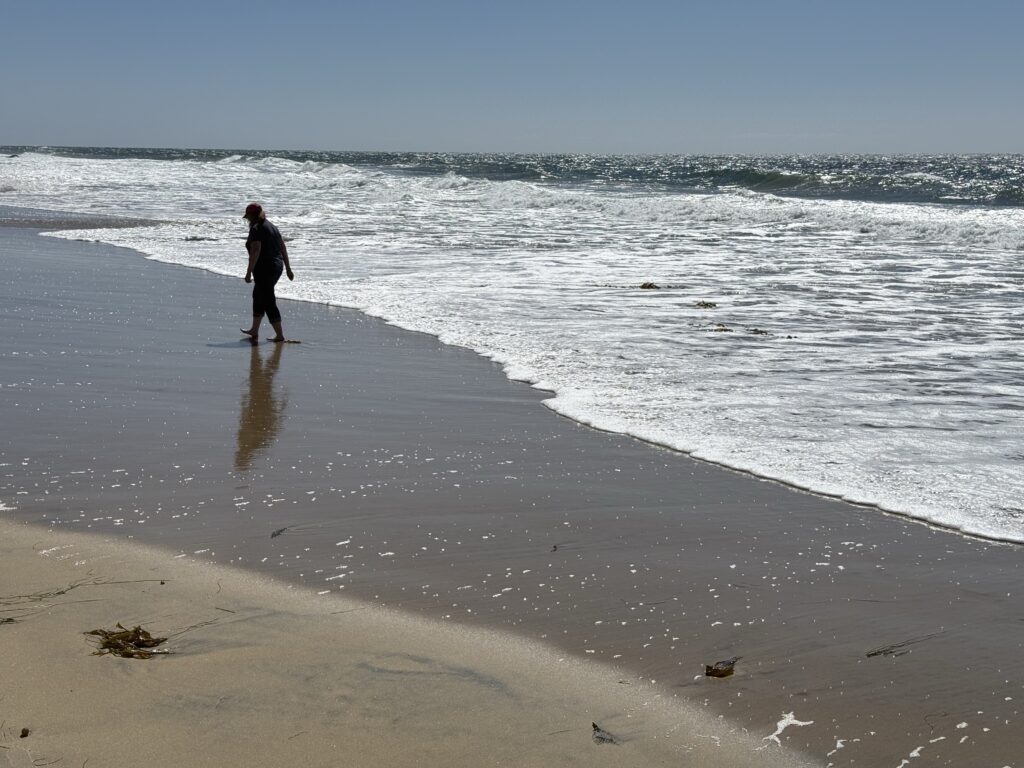
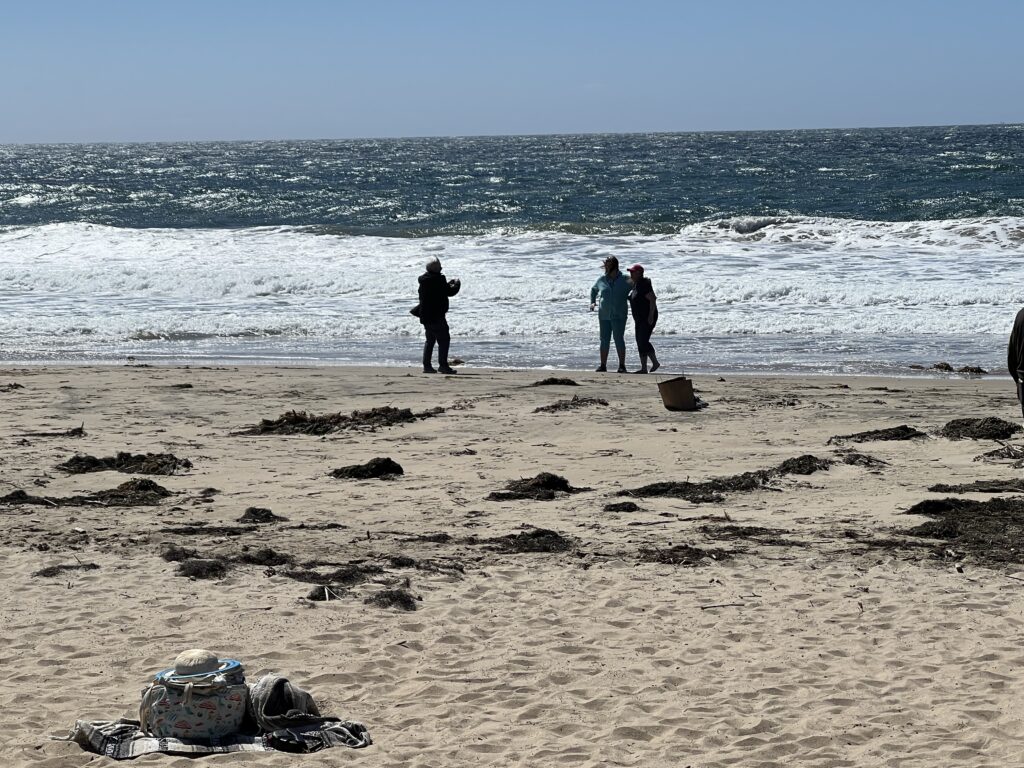
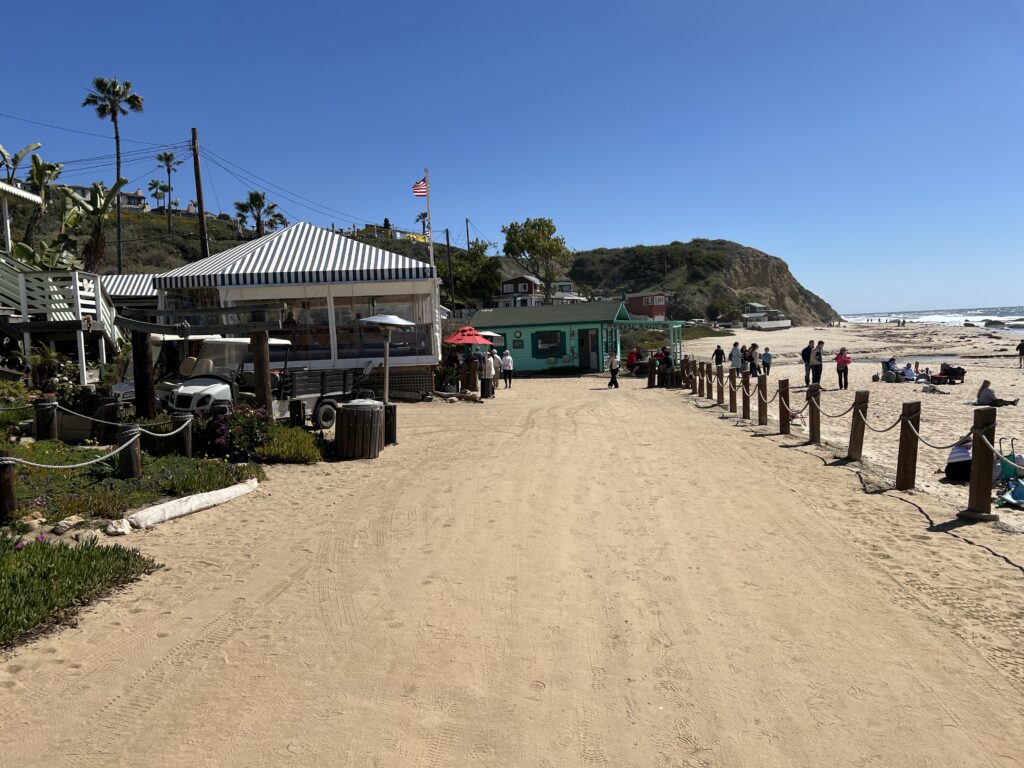
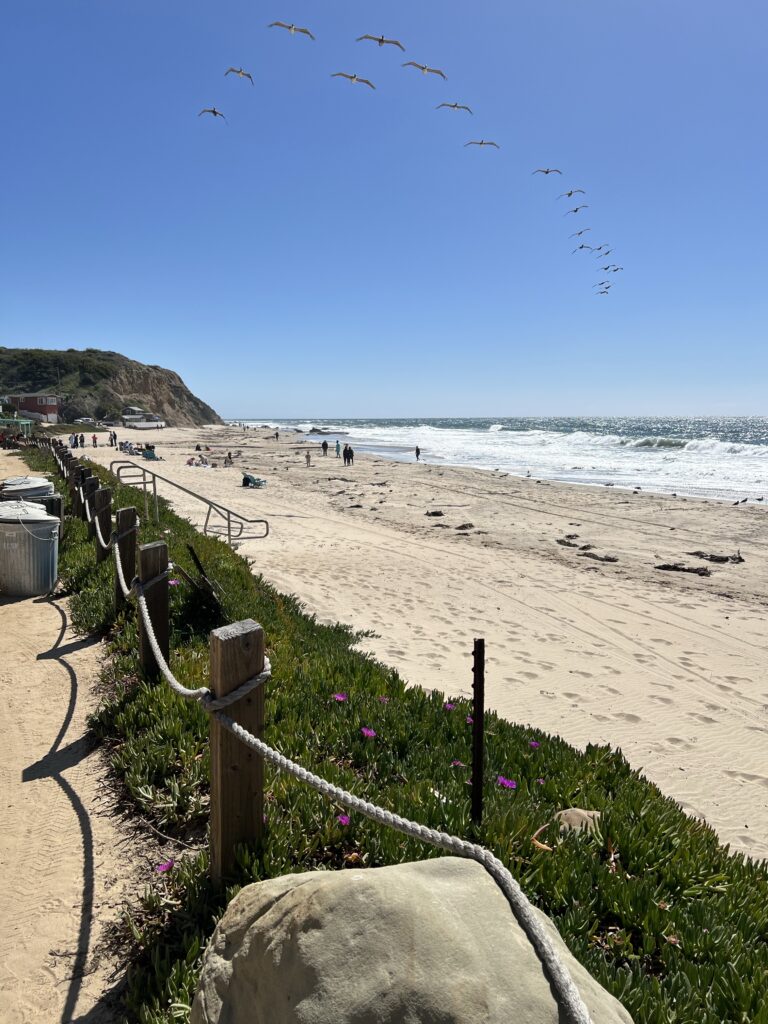
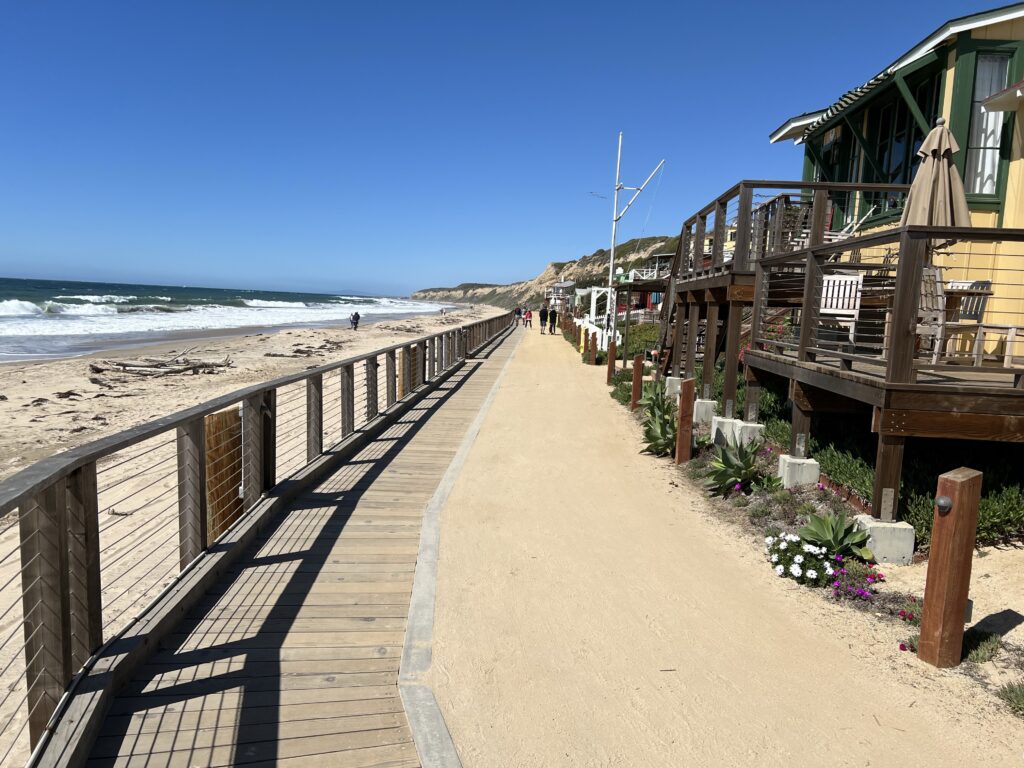


Beneath the cliffs where oceans sigh, Crystal Cove meets the open sky. A stretch of sand, three miles long, Where tides and time compose their song. Historic cottages, weathered and quaint, Whisper tales of lives they paint. Built for dreams in bygone days, Preserved in time’s nostalgic haze.
Trails that wind through chaparral green, Reveal vistas serene and unseen. From Moro Canyon to ridges high, Nature’s beauty draws the eye. Tide pools glisten in the sun, A world of wonder for everyone. Scuba divers and surfers play, In waters clear at break of day.
The sage scrub blooms on hills that rise, Endangered plants beneath blue skies. Riparian woodlands shade the stream, A hiker’s path through nature’s dream. An underwater park offshore, Invites explorers to its door. Reefs and marine life thrive below, A hidden world with life aglow.
Crystal Cove, a timeless place, Where land and sea share their embrace. A sanctuary near urban sprawl, A treasured gem that welcomes all.
Macgregor Yachts
Crystal Cove State Park is approximately 9 miles from Newport Beach, with a driving distance of about 8.8 to 9.2 miles, depending on the route taken. The drive typically takes around 17 minutes. We visited because Roger MacGregor has fond memories of a party he sponsored at Crystal Cove in the early 70s.
There was an amazing amount of comaraderie between the companies. Parties, baseball and football leagues, etc. MacGregor and Hobie put on the most memorable beach party of all time. It attracted about 400 people. Whole pigs were cooked in the sand, and massive fights broke out to determine who could get the good food. Booze flowed like rivers, a sound truck fell of a 100 foot cliff, and several good sized boats were sunk in the surf. It was epic.

Hobie Alter, the creator of the iconic Hobie Cat beach catamarans, had significant ties to Southern California’s coastal culture.
- Alter’s surfboard shop and early operations were based in Laguna Beach and Dana Point, near Crystal Cove35.
- The Hobie 14, his first mass-produced catamaran, was designed for beach launches, making nearby coastal areas like Dana Point and San Clemente (adjacent to Crystal Cove) natural testing grounds35.
In the late 60’s Hobie started messing around in boats. Hobie developed a prototype for a lightweight, fast and easy-to-sail playboat based on the Polynesian twin-hulled catamaran. History soon repeated itself. What Hobie’s foam surfboard did for surfing, the Hobie Cat did for sailing, introducing a whole new way to have fun in the sun and revolutionizing an industry in the process. In the past four decades, more people have taken to the water on a Hobie Cat than almost any other sailboat design. Hobie Cats are still the world’s best selling cats and it’s hard to find a body of water on any continent that doesn’t have an active Hobie racing fleet.
The Venture Catamaran, specifically the Venture 15, was first produced in 1970 by MacGregor Yacht Corporation. Production of this model, featuring curved hulls, continued until 1973. A modified version with straighter hulls was introduced in 1974 and produced until 197557.
